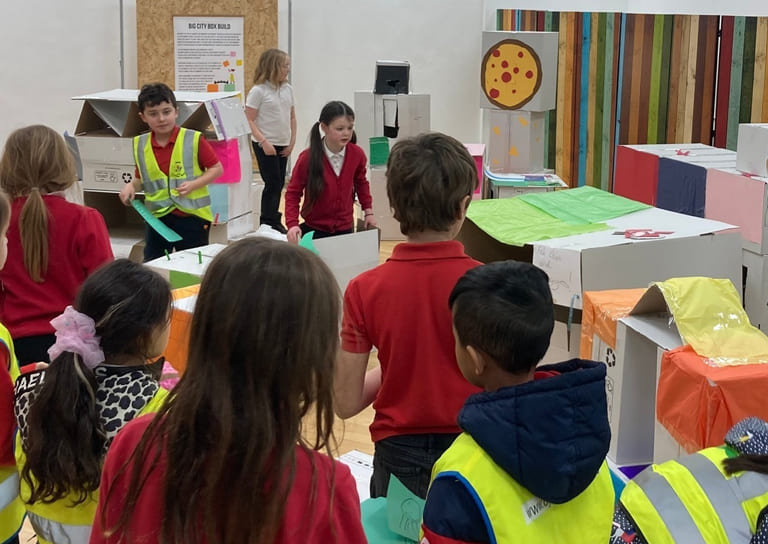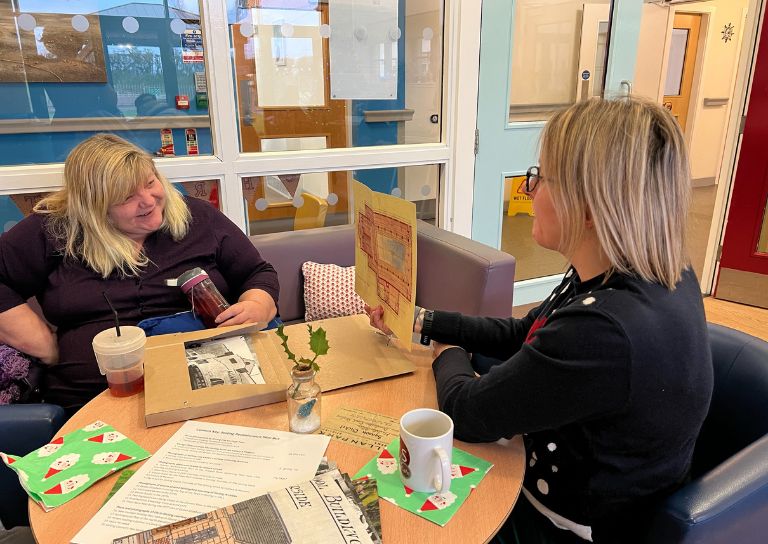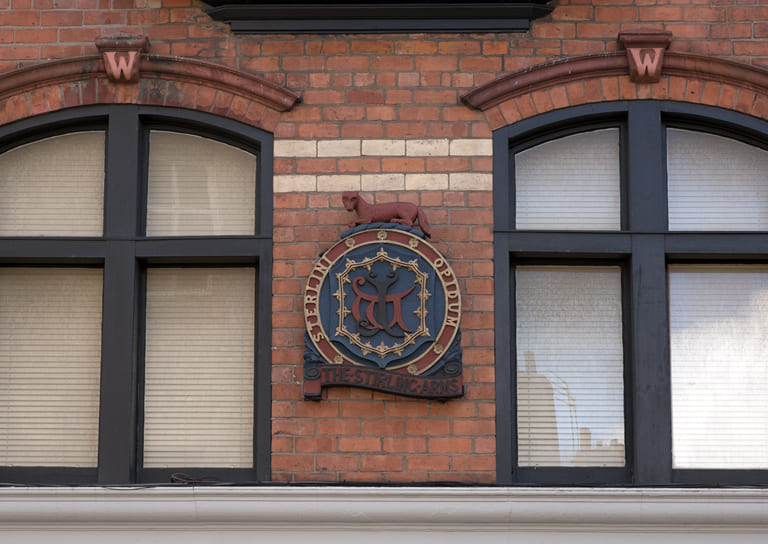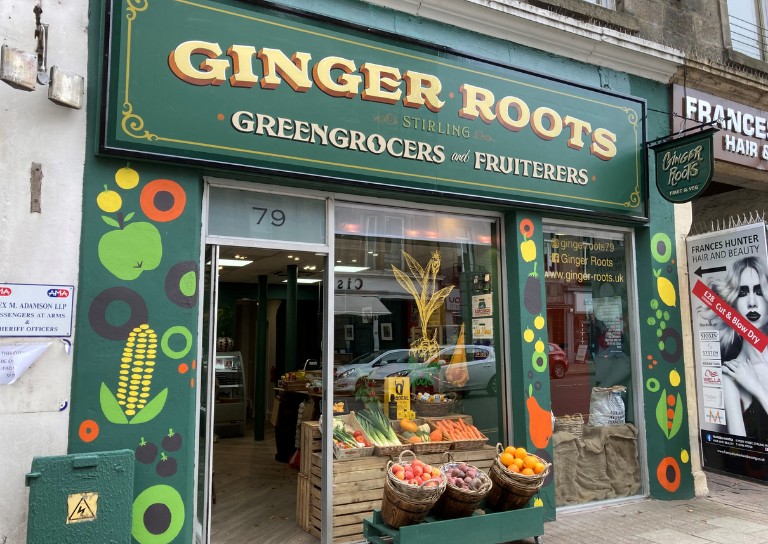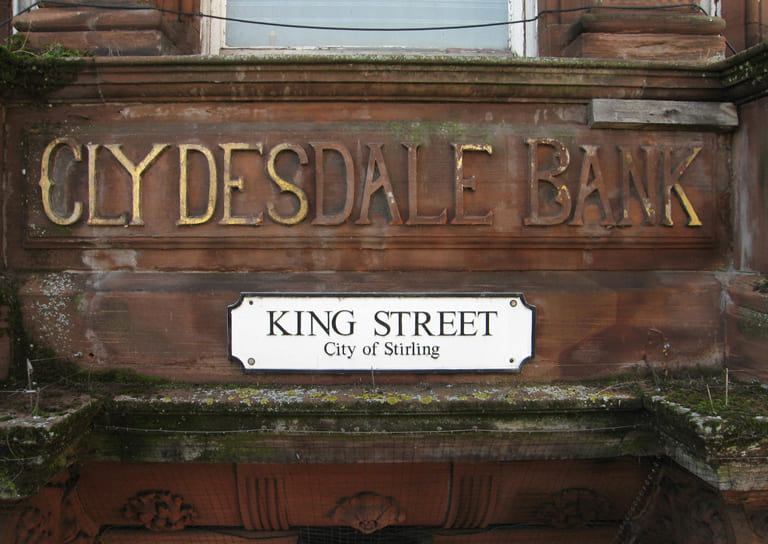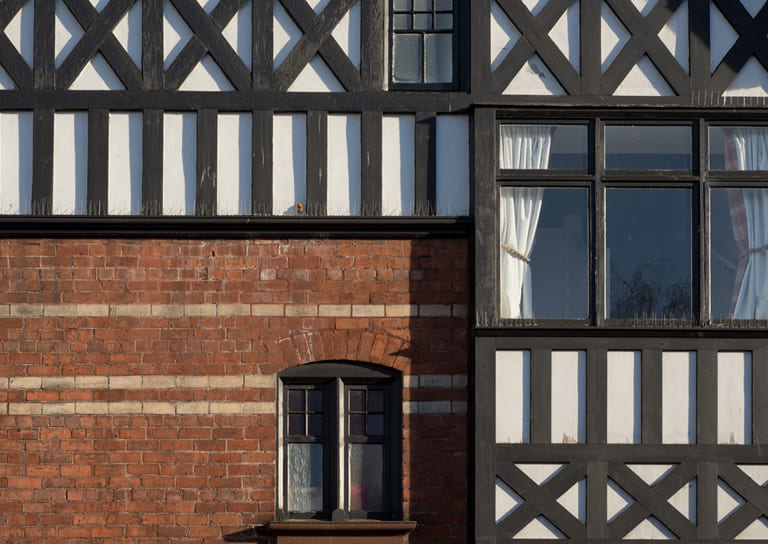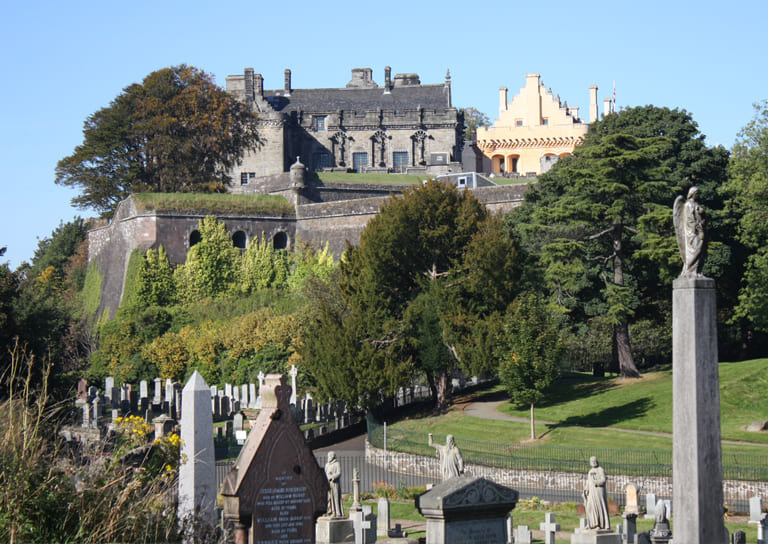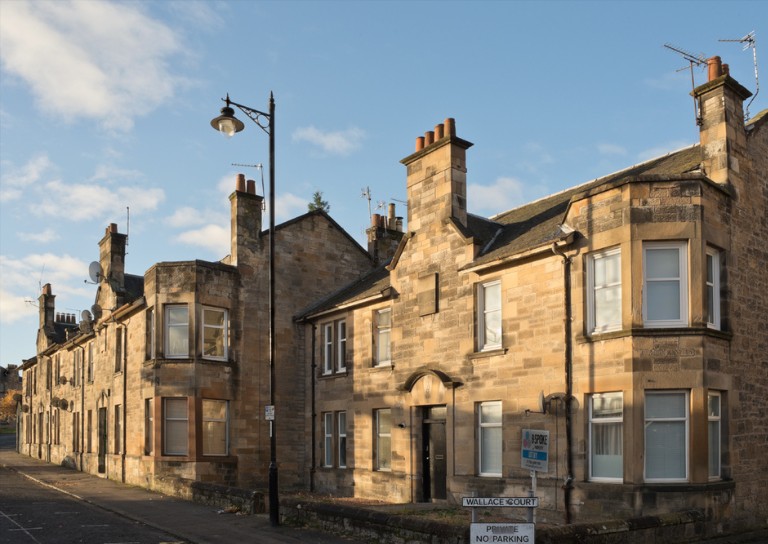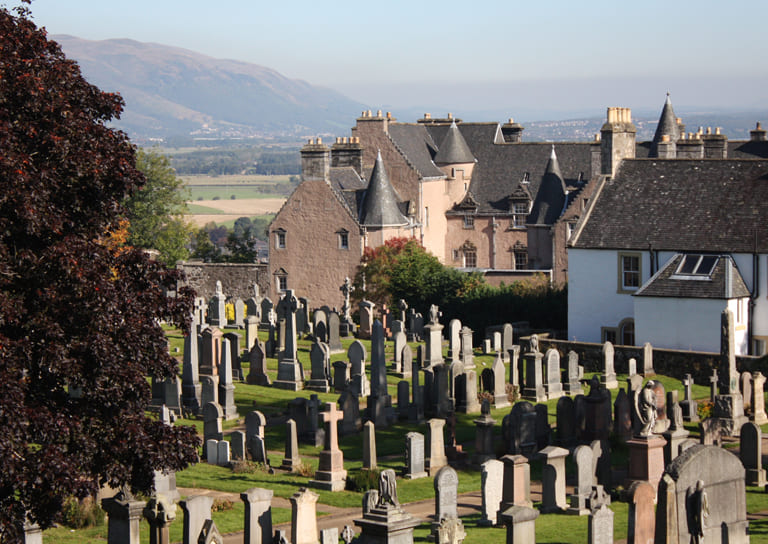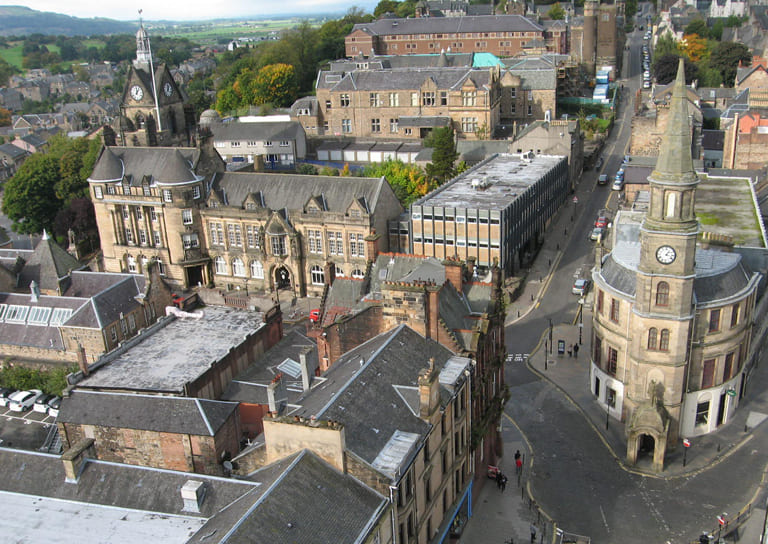- Home
- Our Work
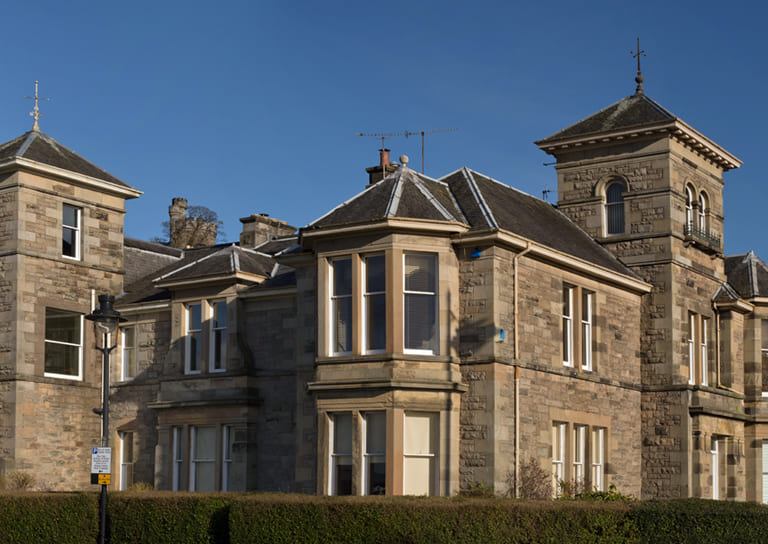
- Stirling's Story
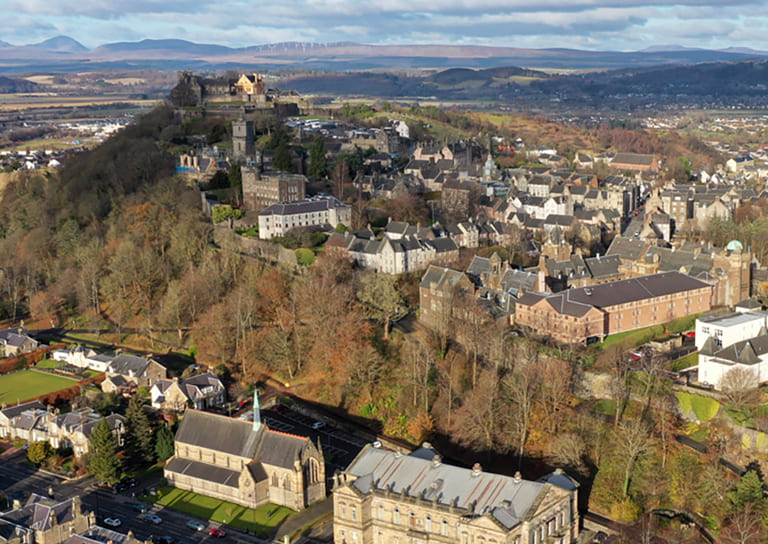
- Blog
- Beechwood House and the Transatlantic Slave Trade
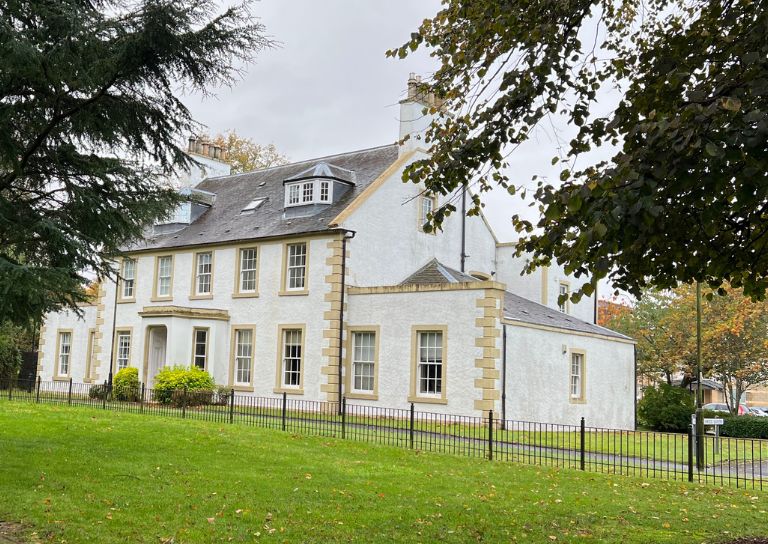
- New Retrofit Service now available for Traditional Buildings Health Check Members
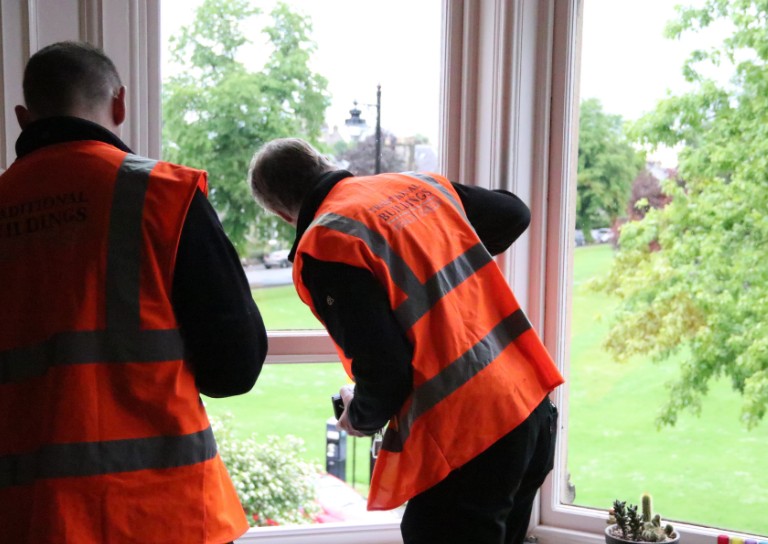
- Retrofitting Traditional Buildings: Chimneys
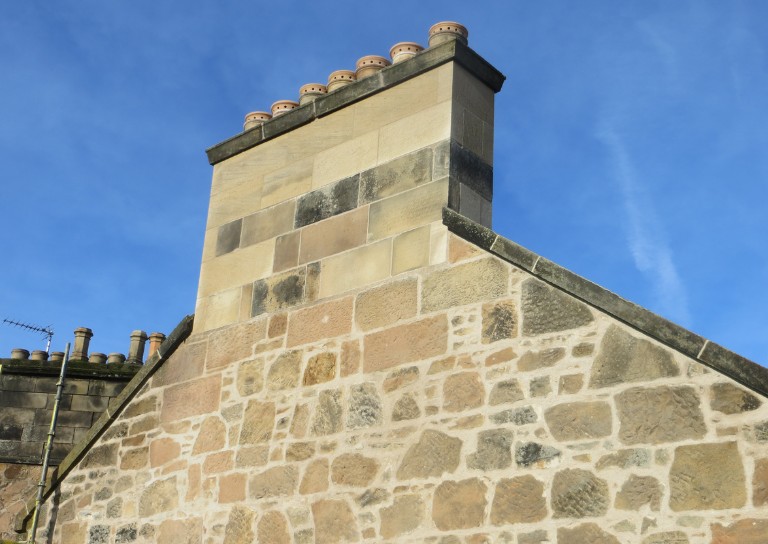
- SCHT 20: Championing Women in Construction
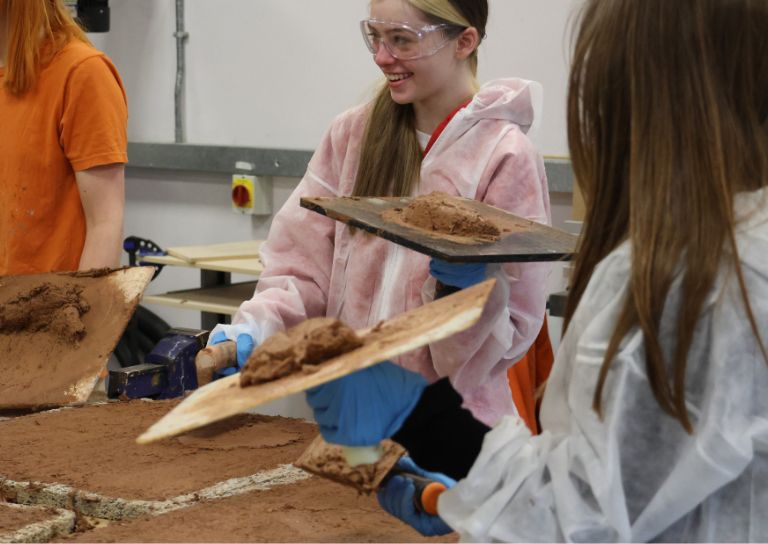
- Stirling's Lost Swimming Pools
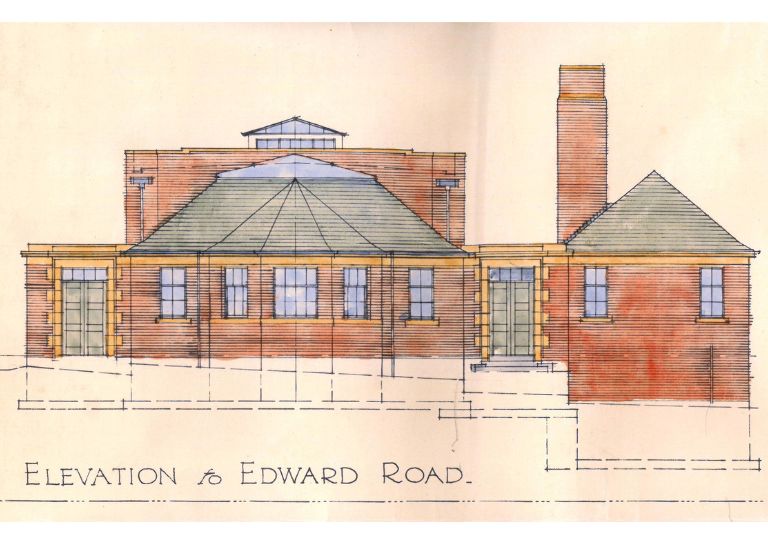
- Women in Construction at Bannockburn House
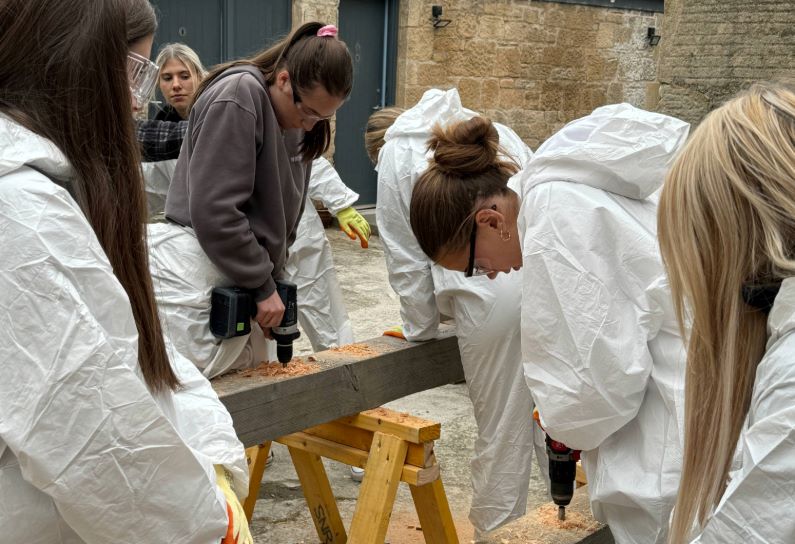
- Avenues to the Past: Stirling’s Historic Streets Exhibition
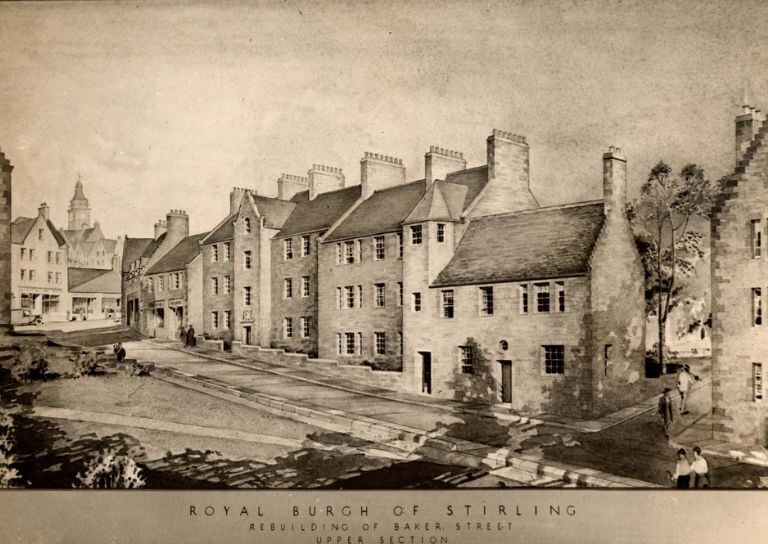
- Retrofitting Traditional Buildings
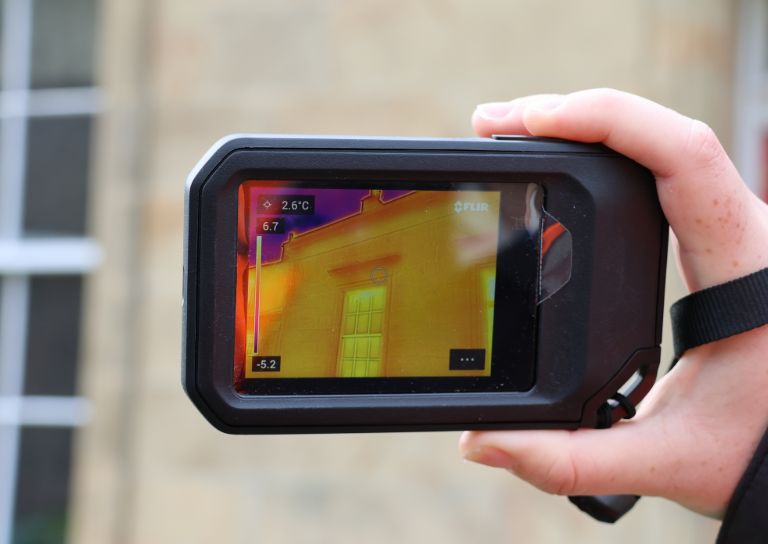
- Retrofitting Traditional Buildings: Windows
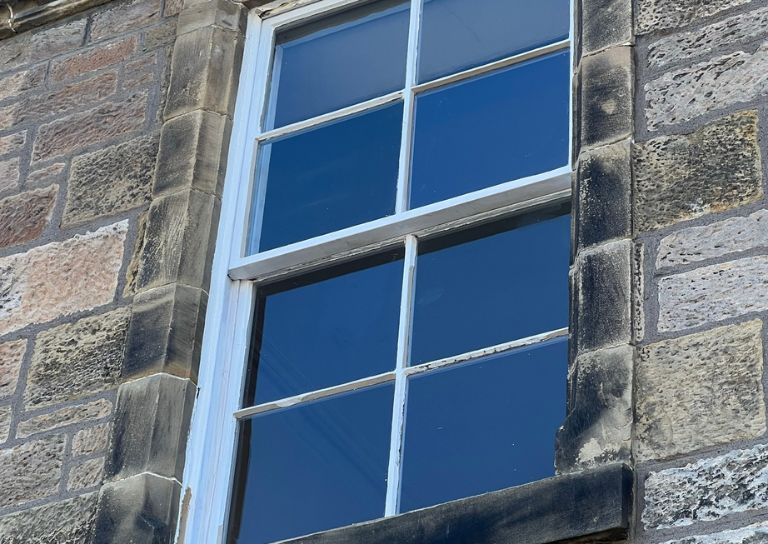
- Statement on Langgarth House
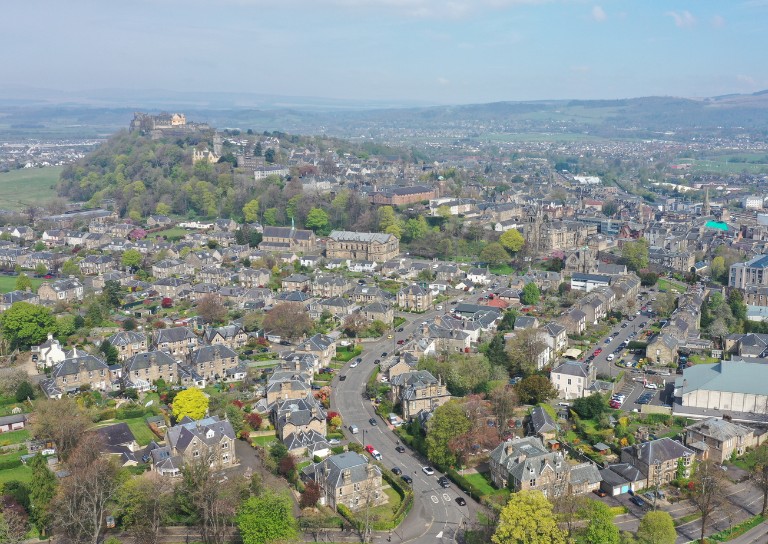
- Guest Blog: Dementia Friendly Heritage Interpretation

- SCHT Grant Conditions: Owners Associations
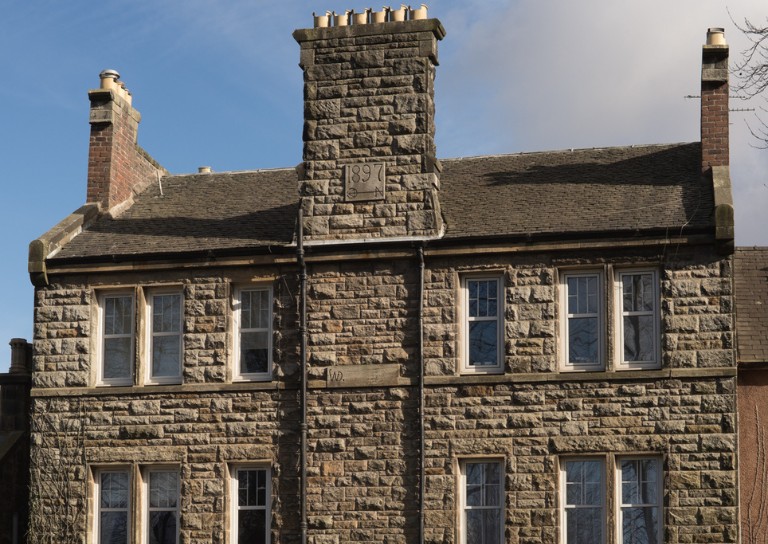
- Stirling Business Awards 2025

- What is a Conservation Area
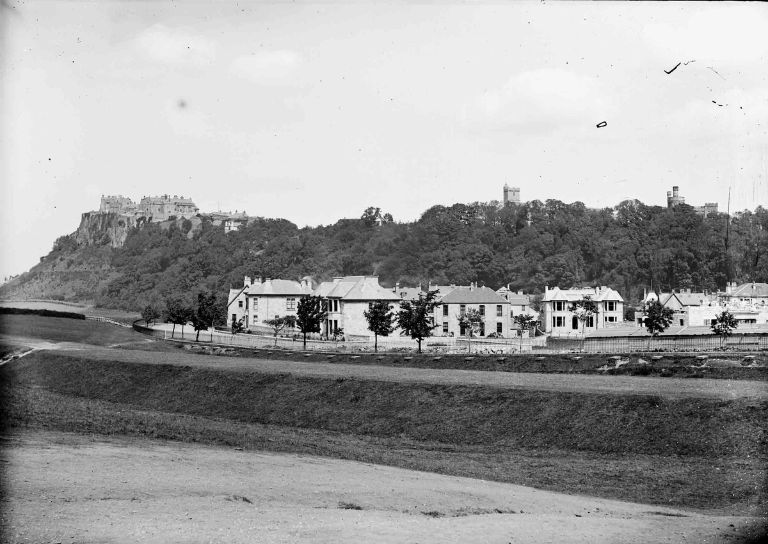
- 20 Great Buildings of Stirling
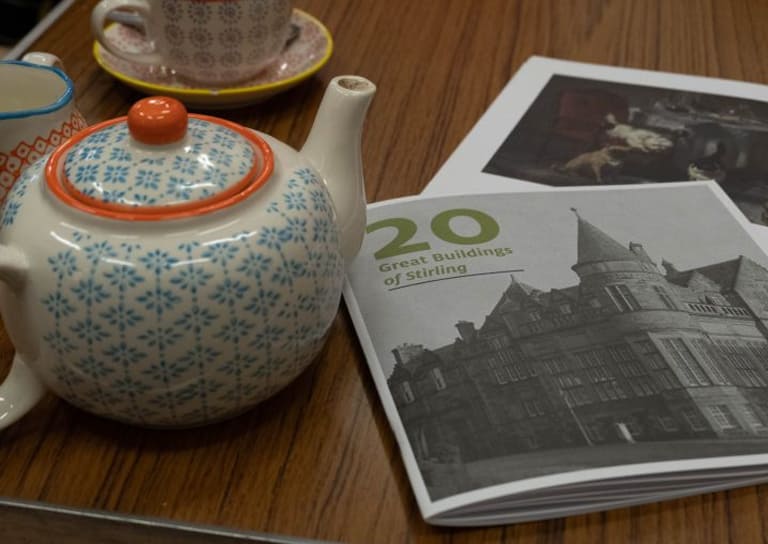
- Building Resilience: Maintaining Traditional Buildings
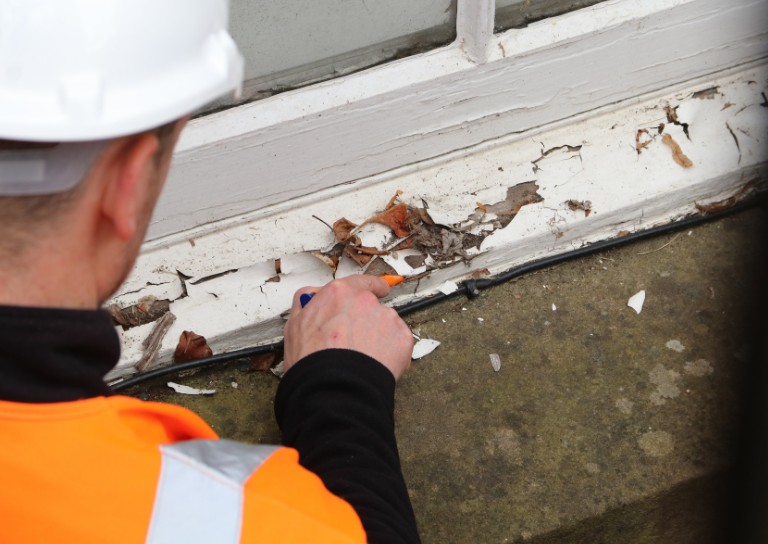
- Architects and The Thistle Property Trust

- World Heritage Day: Exploring Hayford Mill
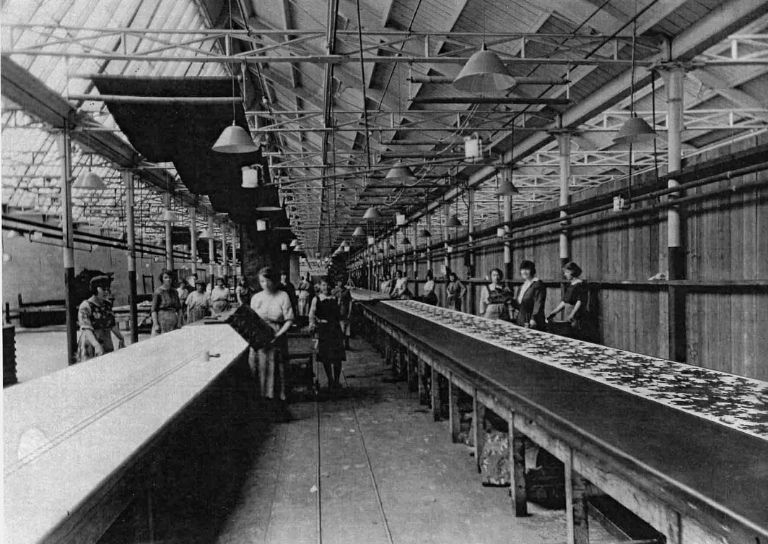
- Community Consultation launched for Stirling’s Heritage Strategy
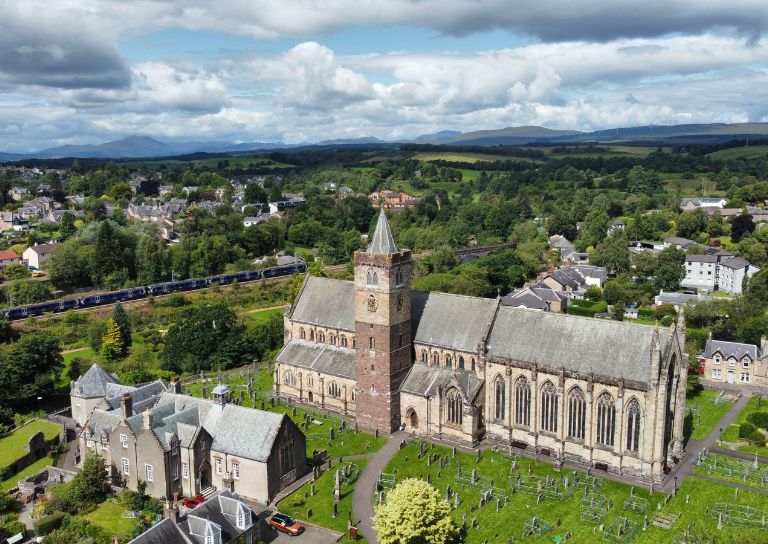
- SVE Inspire Awards September 2024
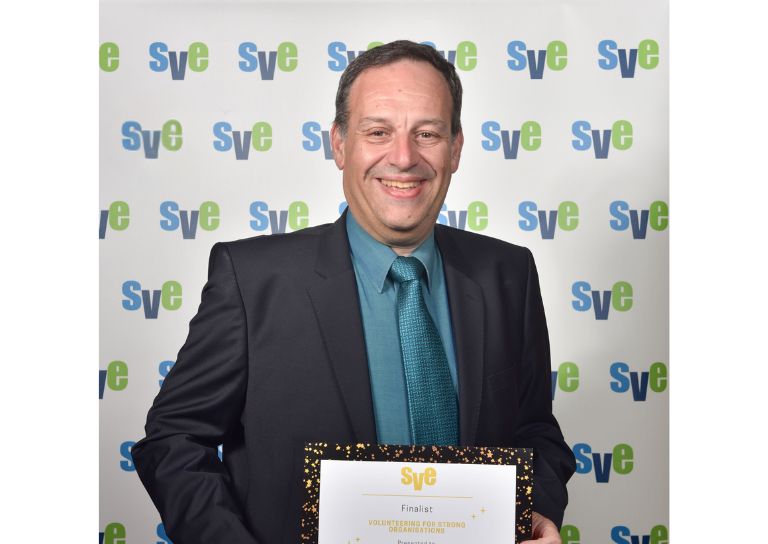
- Reminiscence Art Project
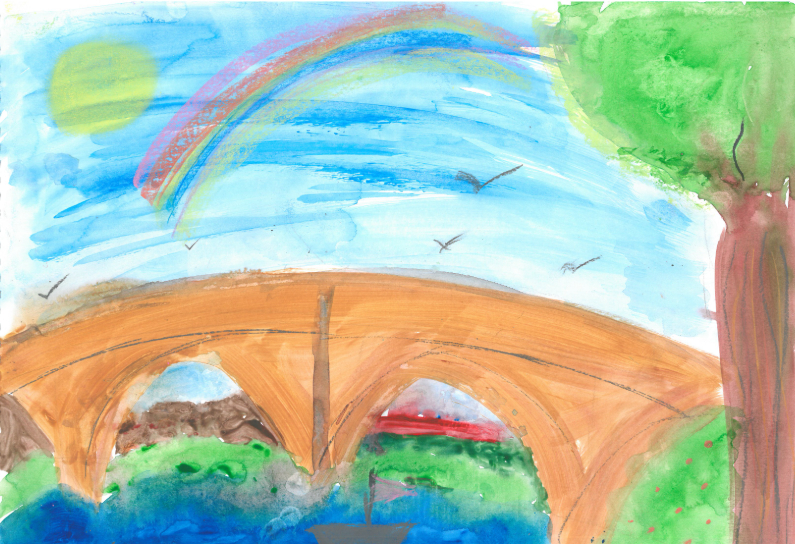
- On the European Stage: Preserving by Maintaining conference, Bratislava
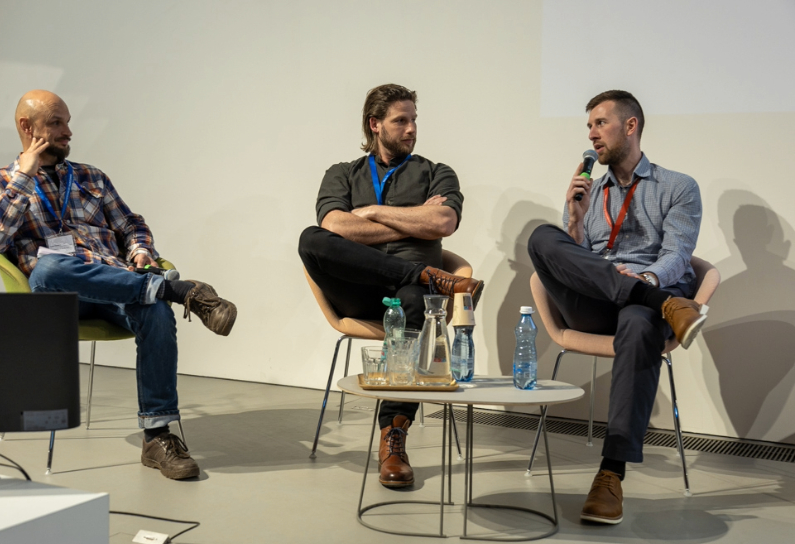
- The Abolition Movement in Stirling
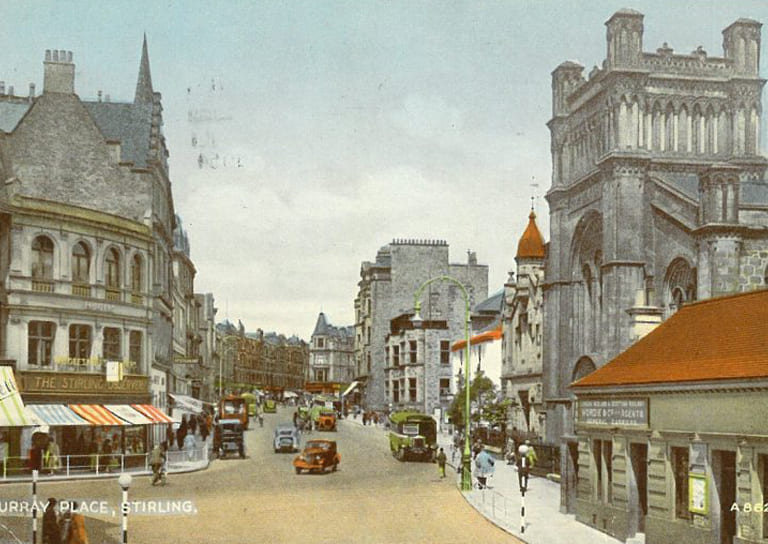
- Shopping Arcades
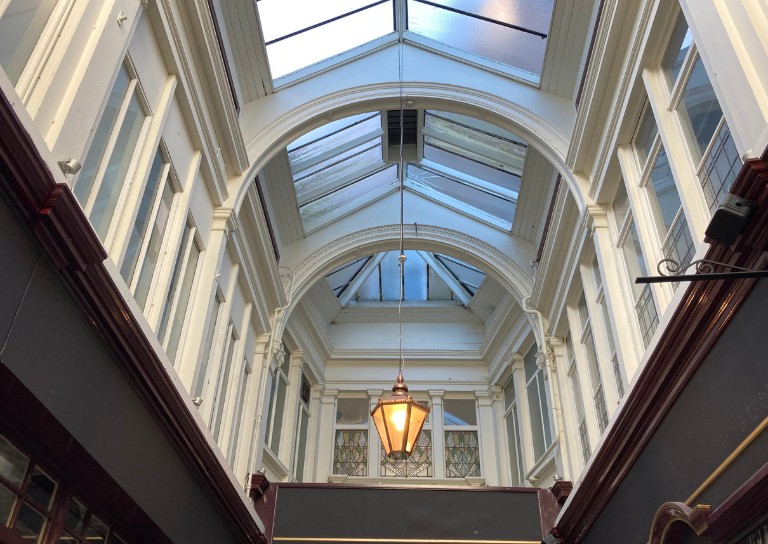
- Retrofitting Traditional Buildings: Insulation
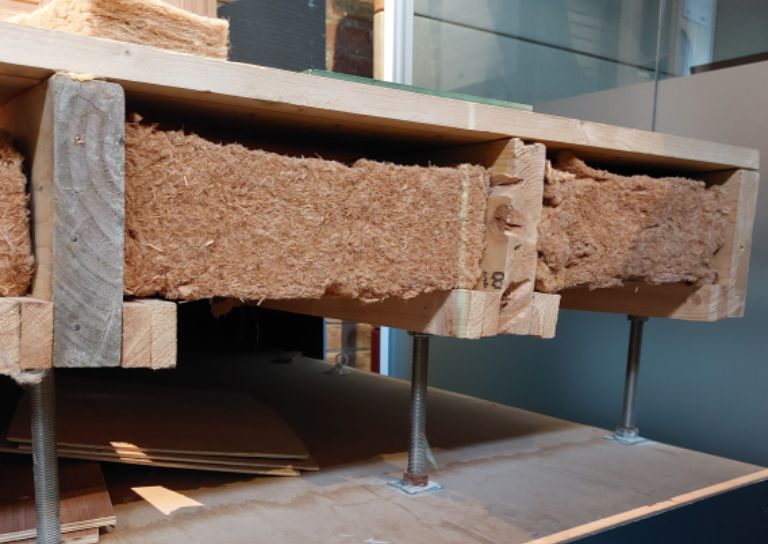
- Retrofitting Traditional Buildings: Climatic Adaptation
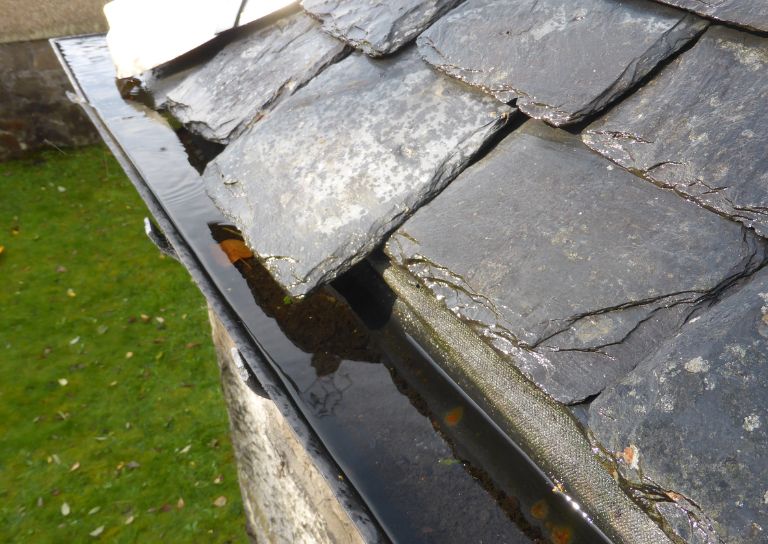
- Kings, Wolves and Drones: 20 years of care and repair at Stirling City Heritage Trust

- Practical Workshop on Retrofitting Insulation with A. Proctor Group
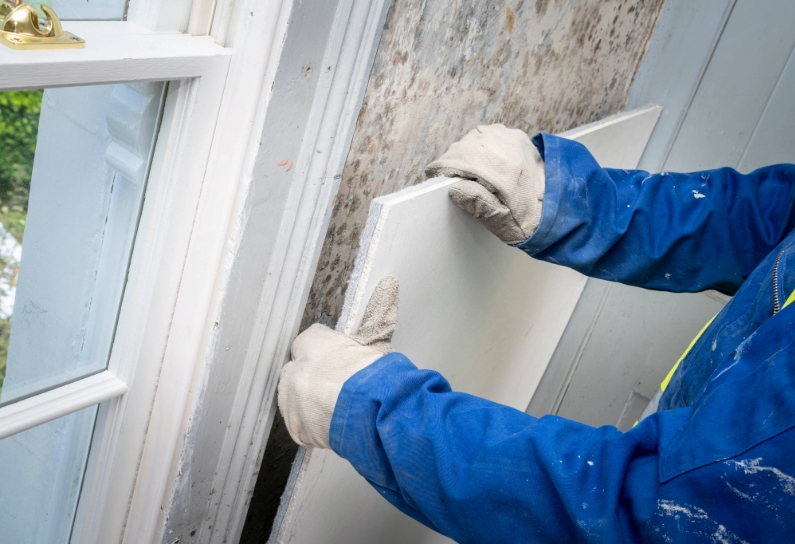
- Marking the 80th anniversary of VE Day
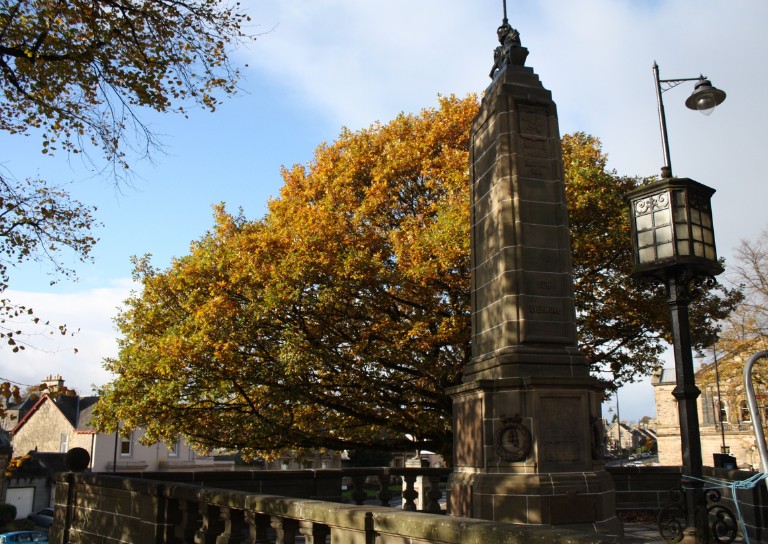
- Walker Family Visit
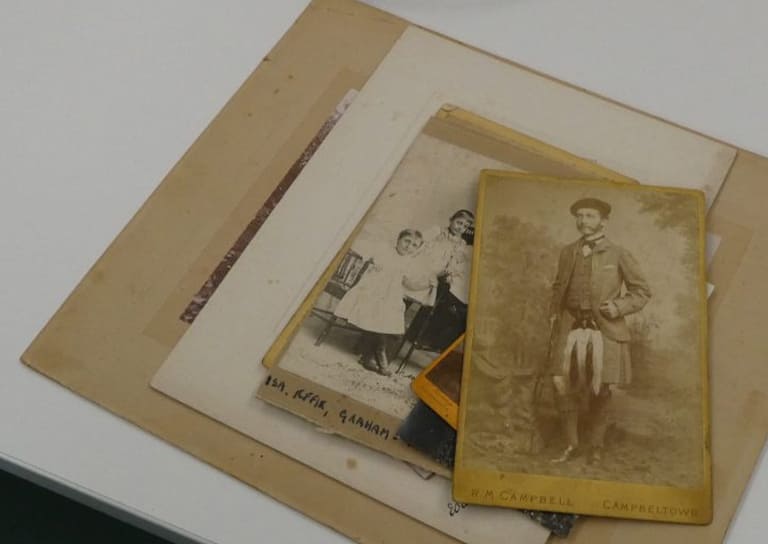
- Retrofitting Traditional Buildings: Fabric First
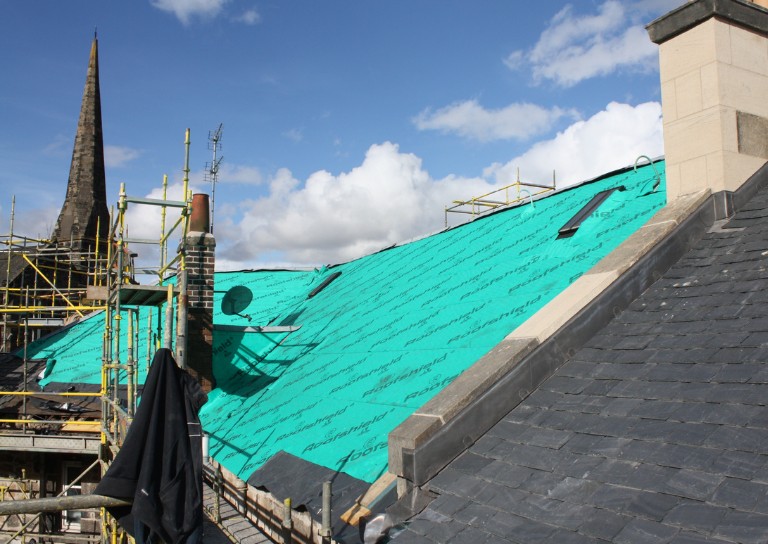
- Supporting traditional building repair in Stirling
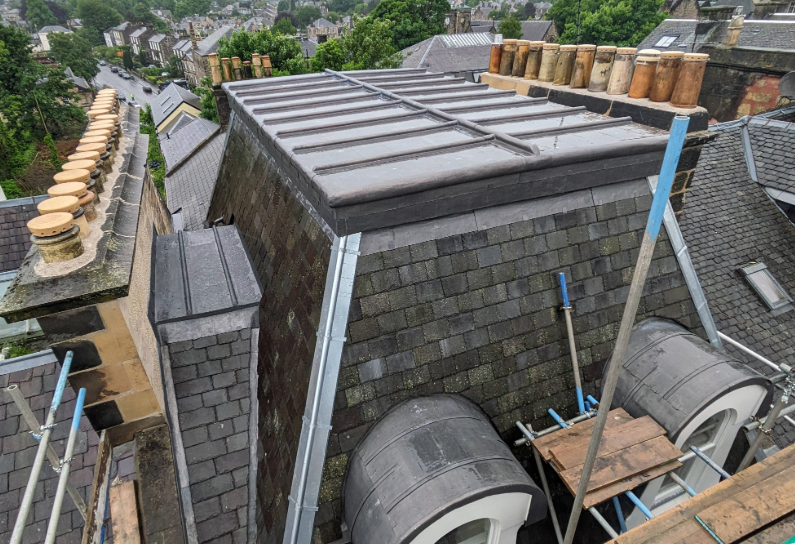
- Stirling's Historic Jails
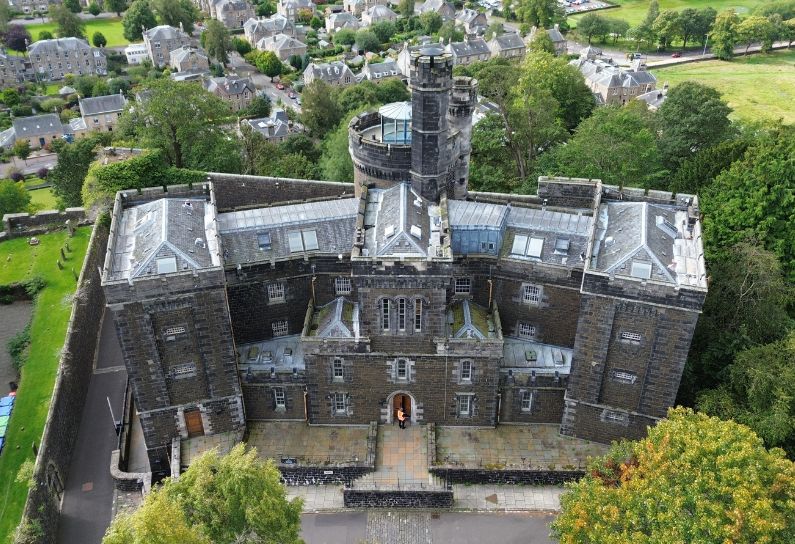
- Ghost Tales from Stirling
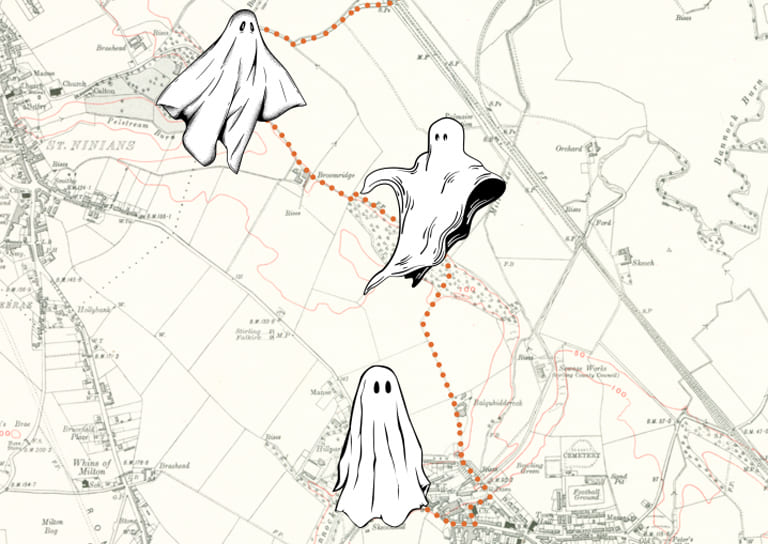
- Stirling Reminiscence Box
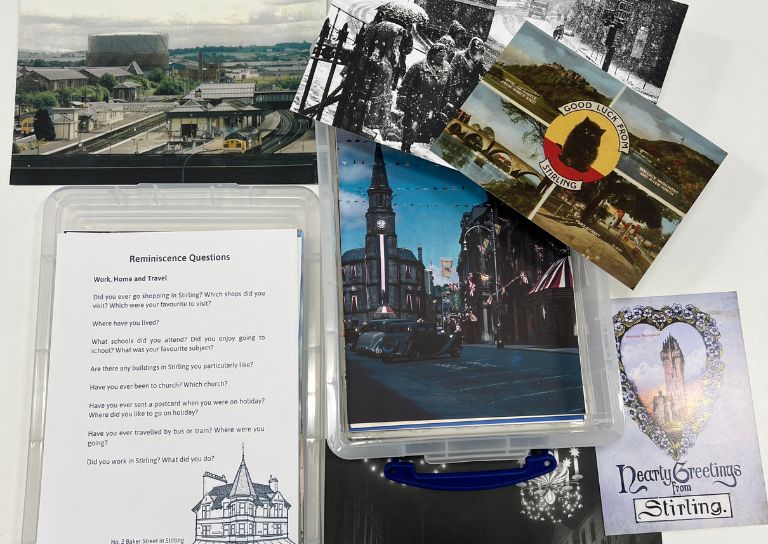
- Stirling City Heritage Trust at 20

- Retrofit Event: Meet the Suppliers
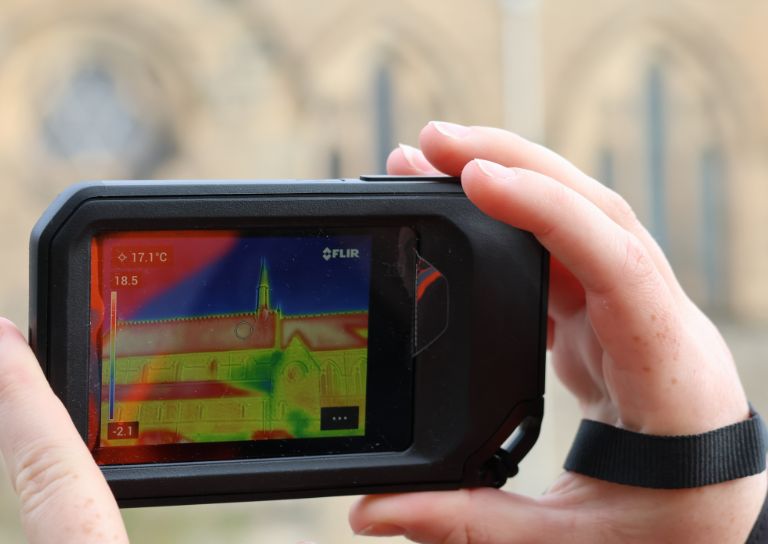
- Snowdon House and The West Indies
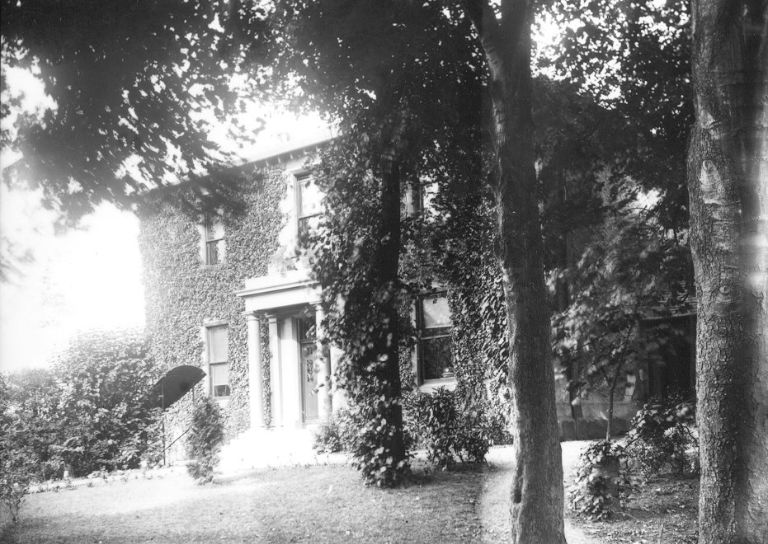
- Miss Curror and the Thistle Property Trust
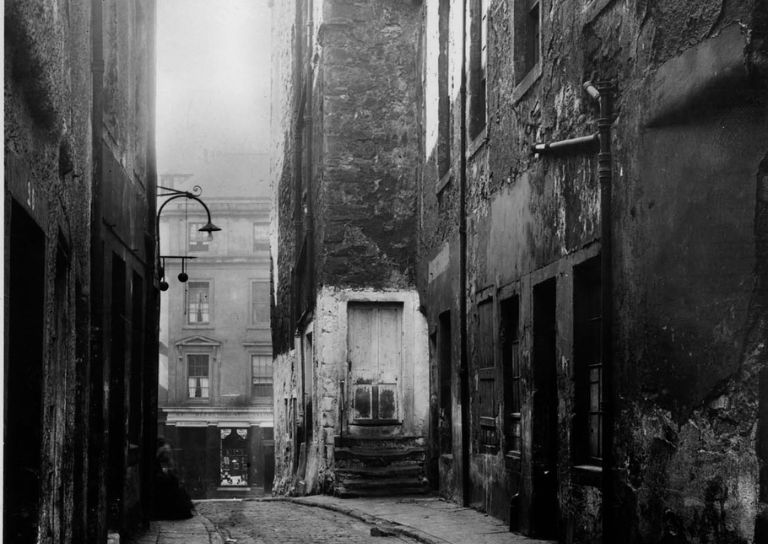
- Dr Lindsay Lennie retires from Stirling City Heritage Trust
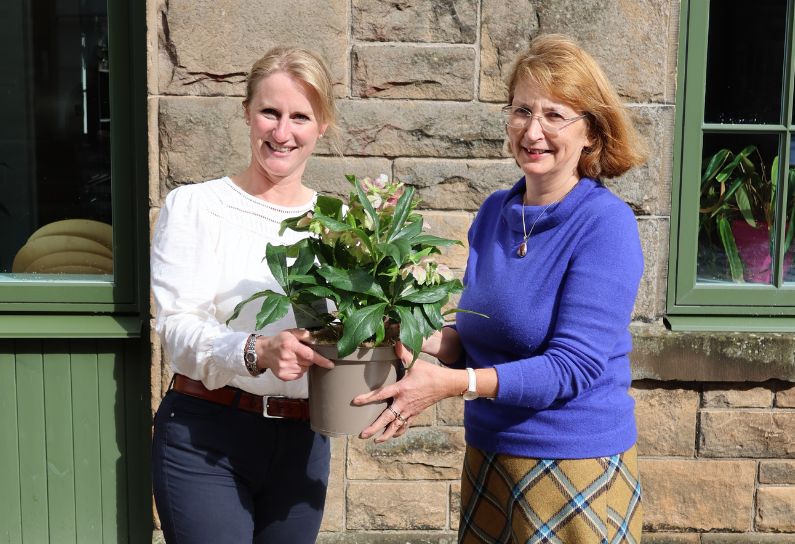
- Stirling’s Streetscape Stories: Photography Workshop
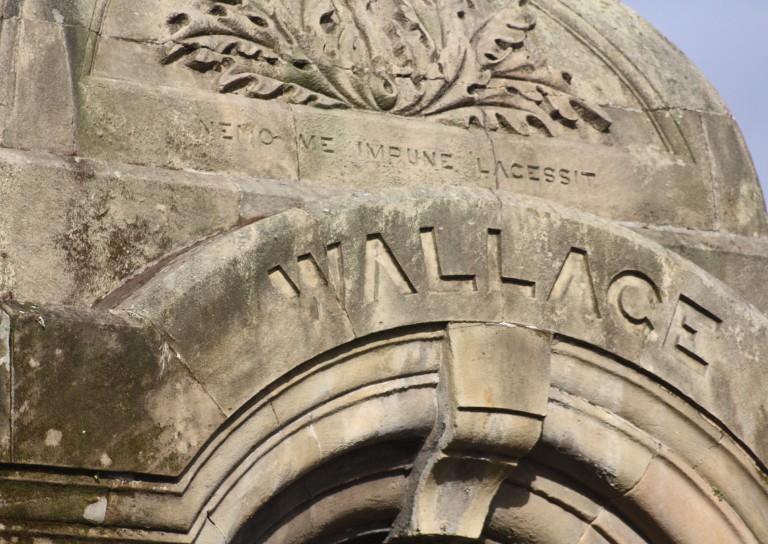
- Level 3 Award in Energy Efficiency for Older and Traditional Buildings Retrofit Course (2 Day)

- Stirlingshire’s Highland Games
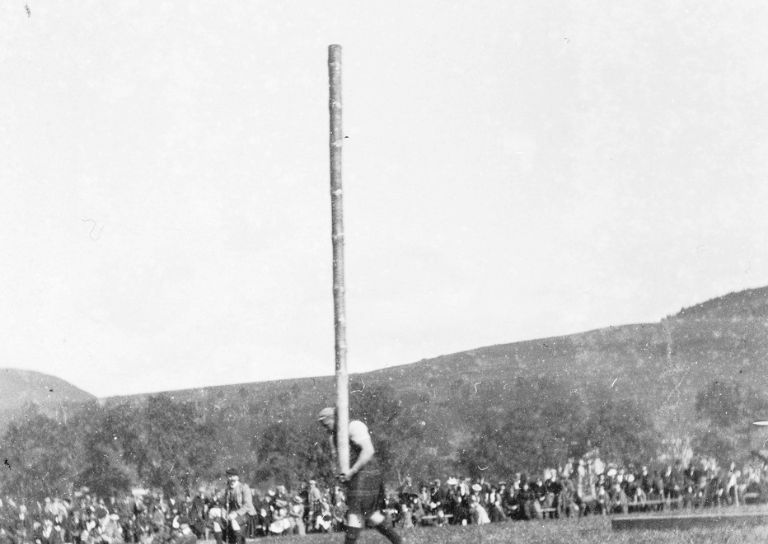
- Creative careers in the heritage sector
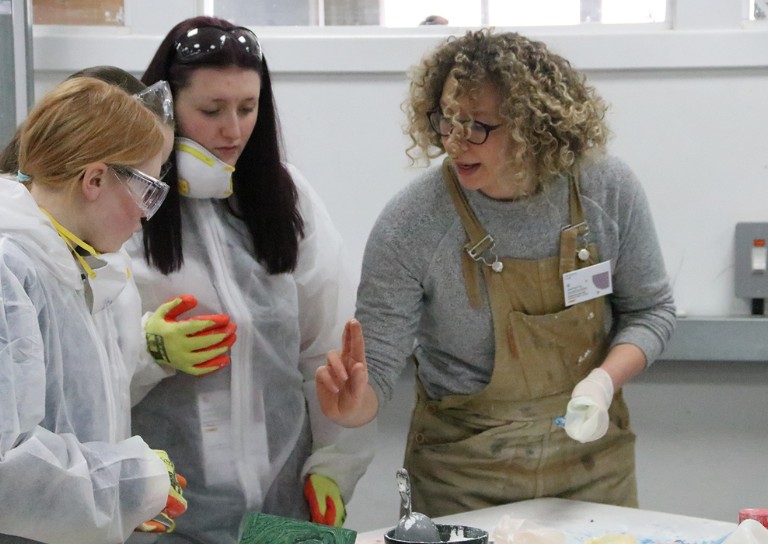
- Postcards From Stirling
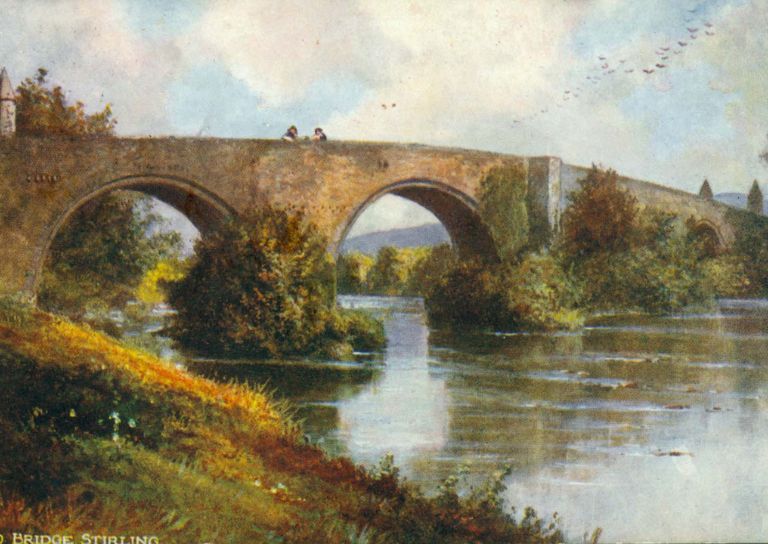
- Stirling’s Gala Days
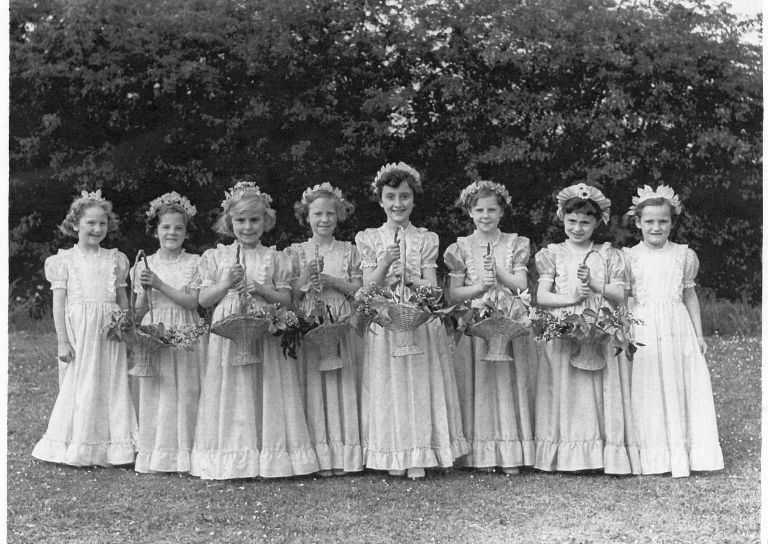
- Building Surveying Student Intern at Stirling City Heritage Trust
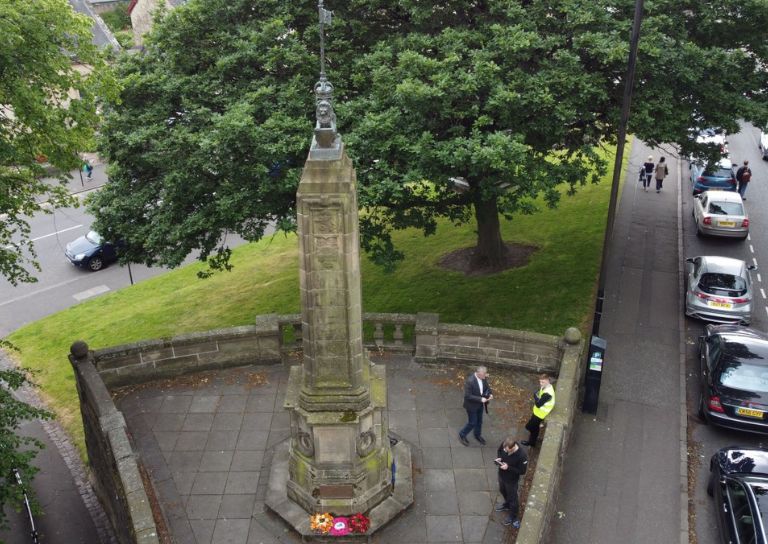
- Heritage Trail: Stirling Walks
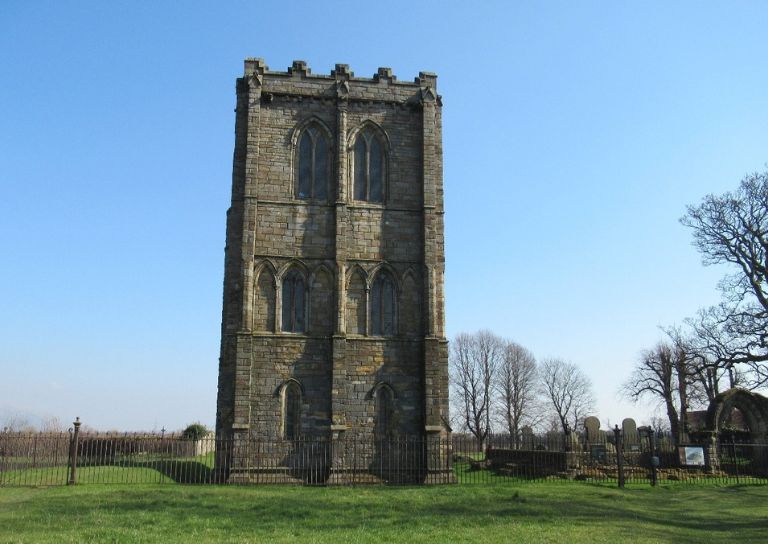
- Local History Resources
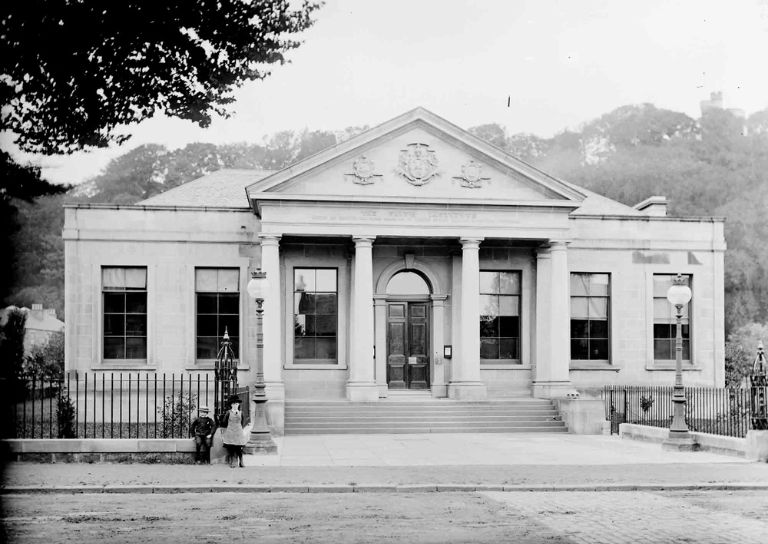
- Stirling Through the Decades
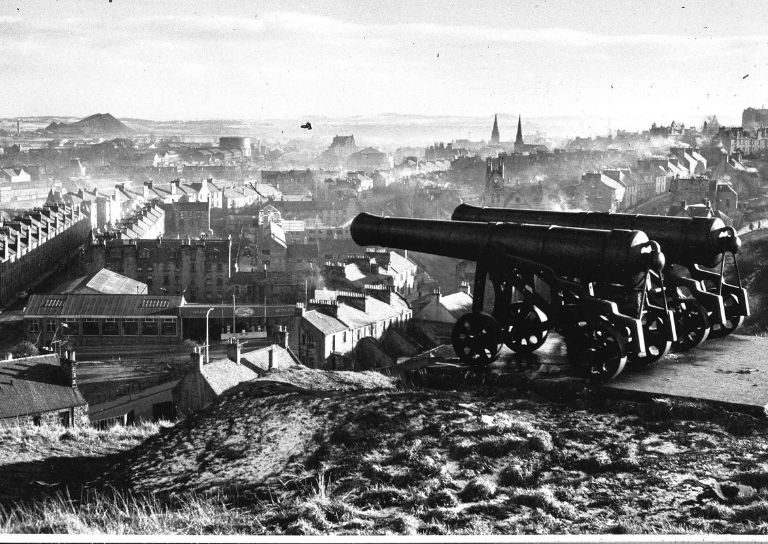
- Stirling’s STEM Pioneers
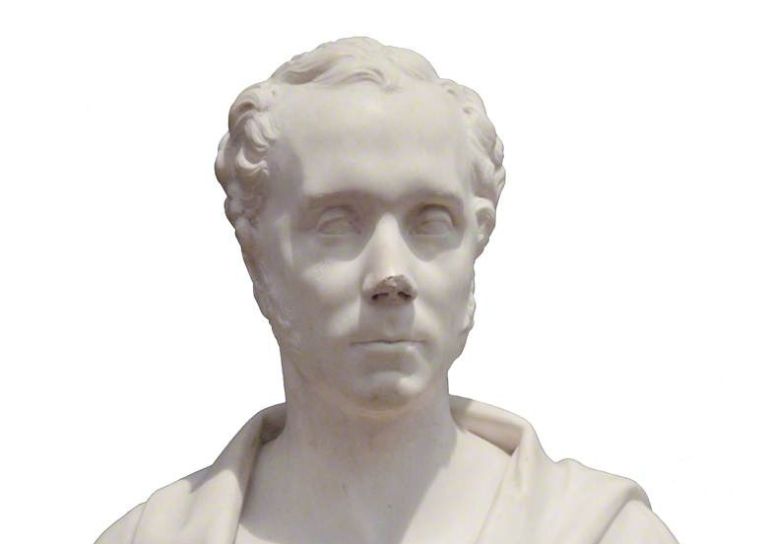
- Traditional Skills: Signwriting
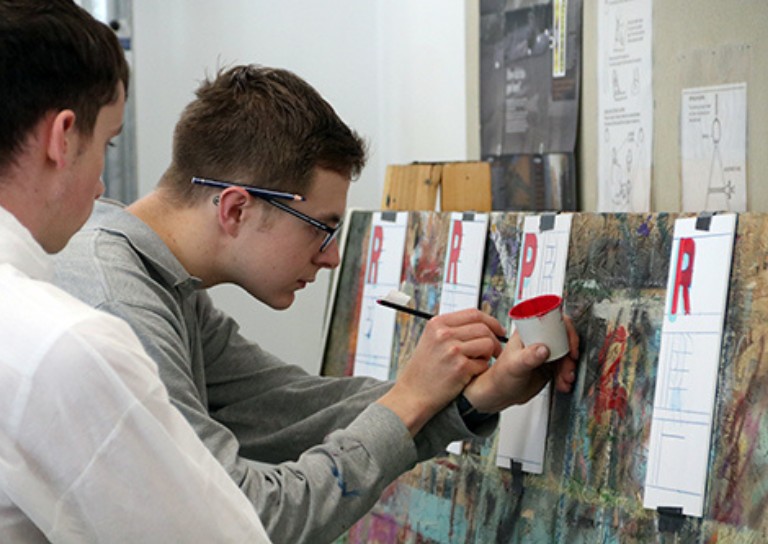
- Christian MacLagan, a pioneering lady, but born too soon?
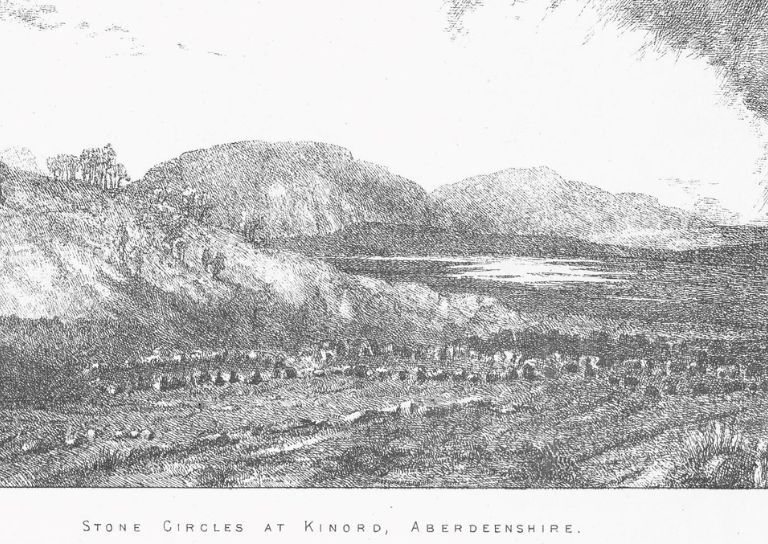
- Traditional Shopfronts in Stirling
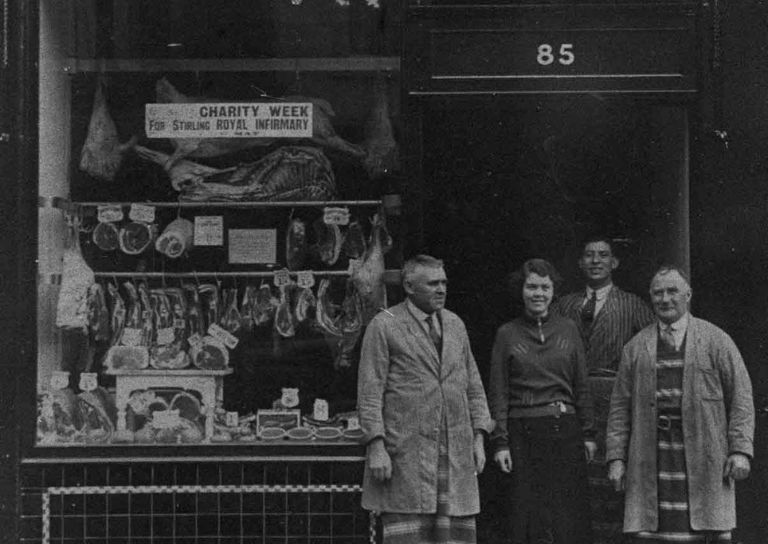
- Stirling History Books for World Book Day
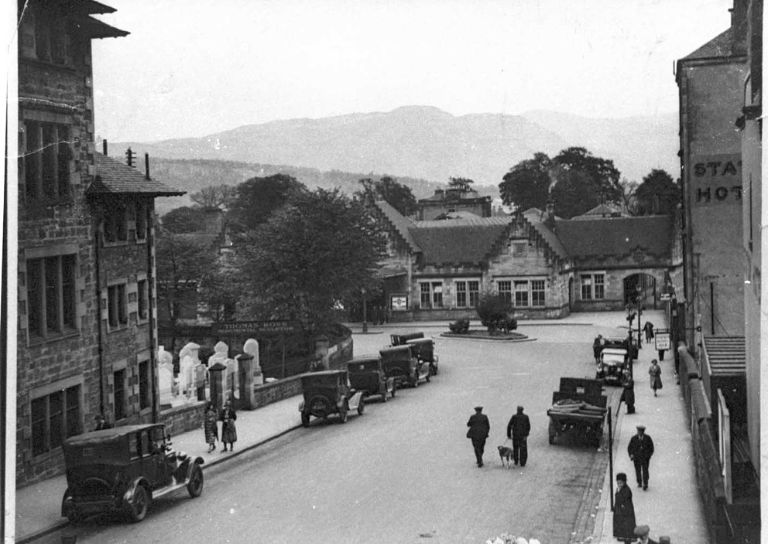
- My Favourite John Allan Building by Joe Hall
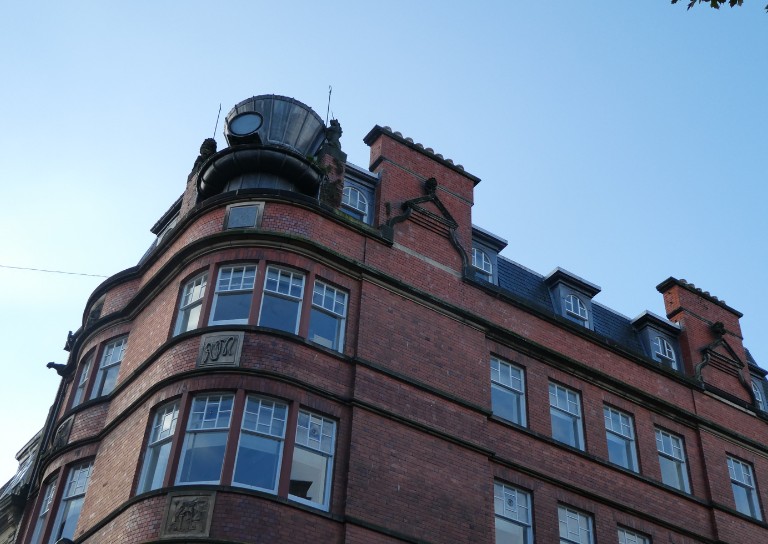
- My Favourite John Allan Building by Lindsay Lennie
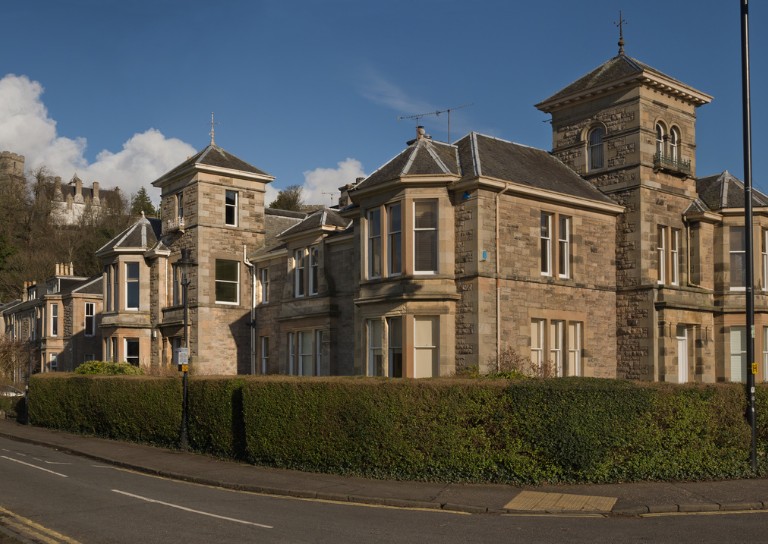
- My Favourite John Allan Building by Andy McEwan
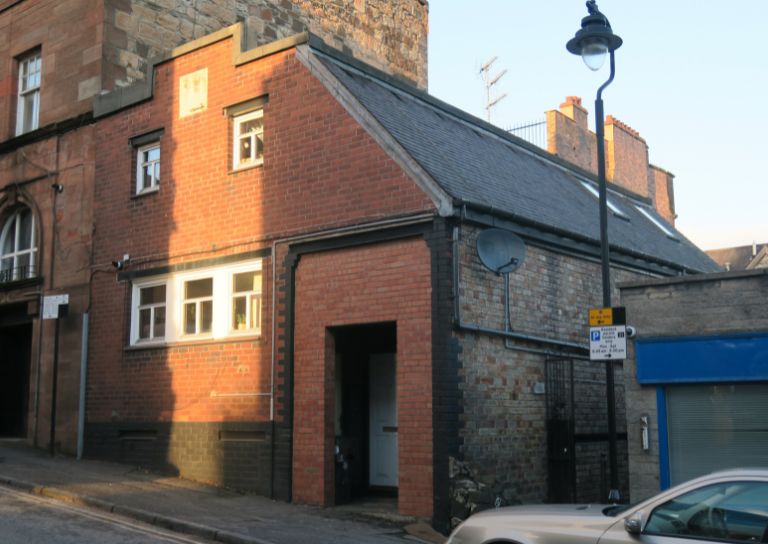
- My Favourite John Allan Building by Pam McNicol
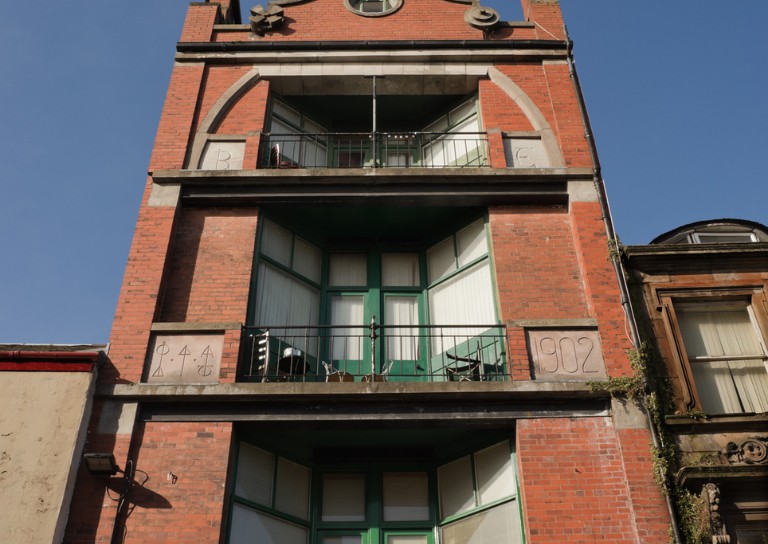
- Celebrating John Allan: A Man of Original Ideas
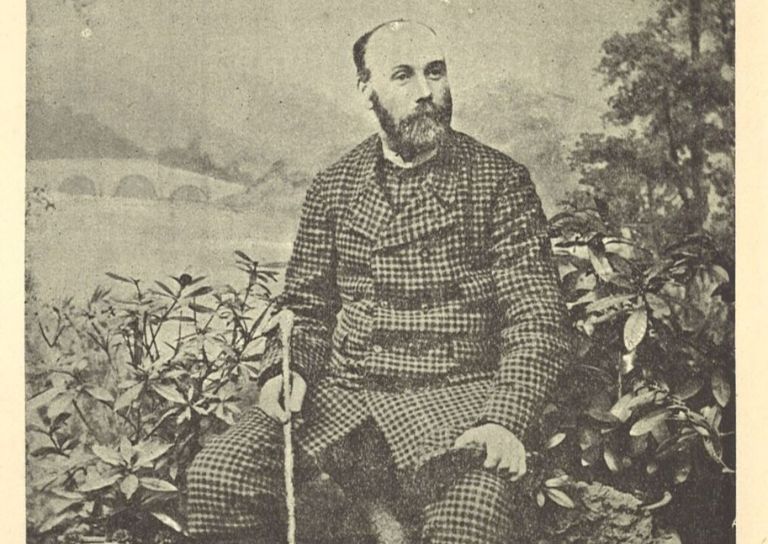
- The Tale of the Stirling Wolf
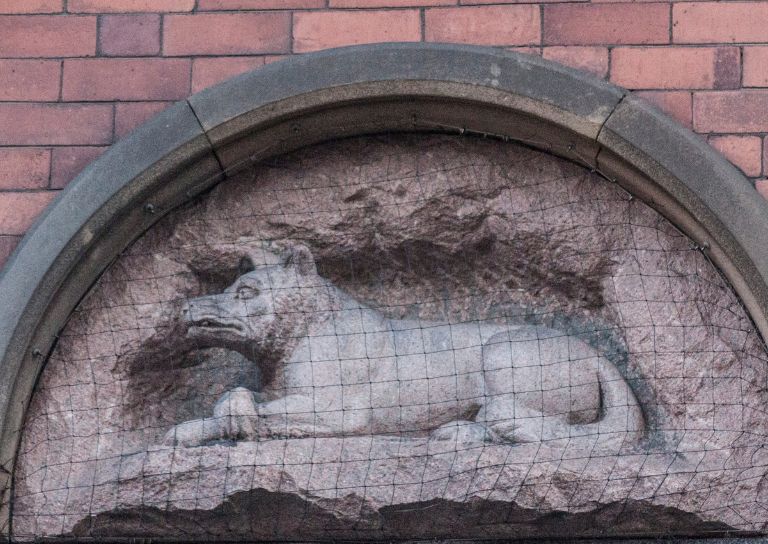
- Stirling: city of culture
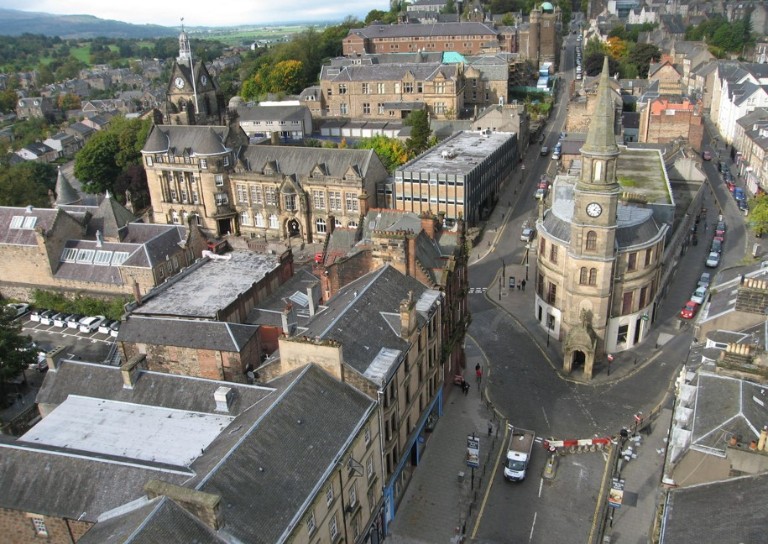
- Christmases Past in Stirling
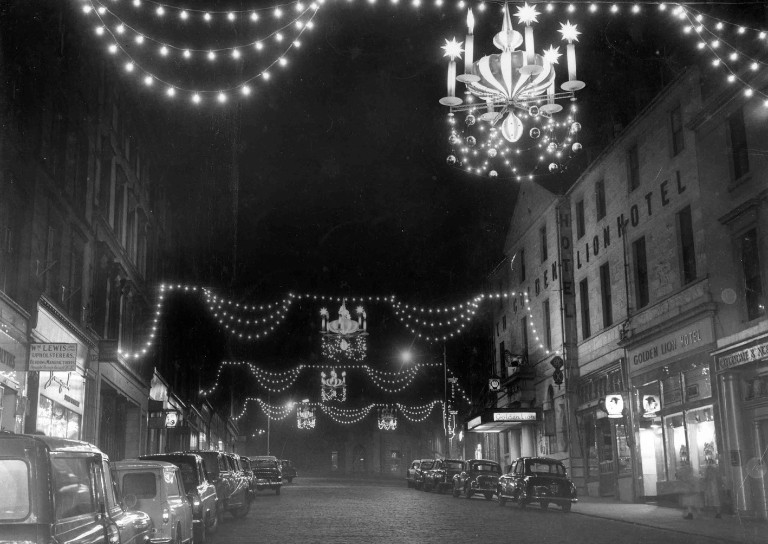
- Stirling’s Historic Graveyards
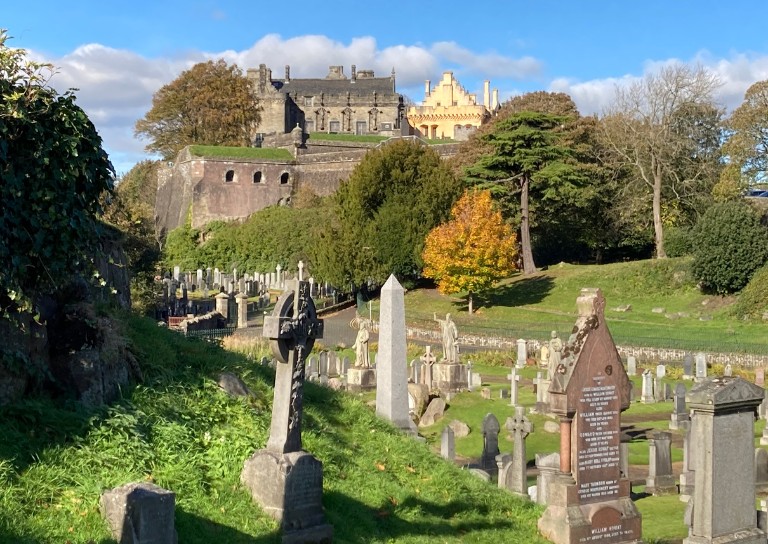
- Top 10 Tips for Architectural Photography
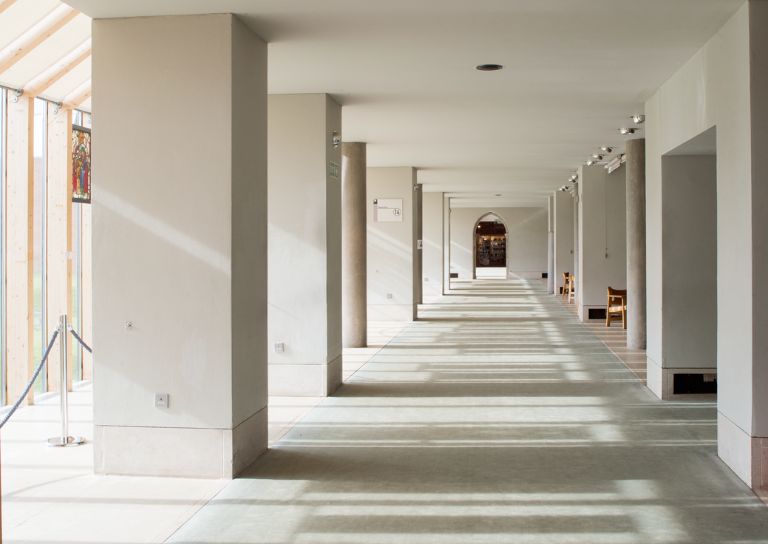
- An Interview with David Galletly
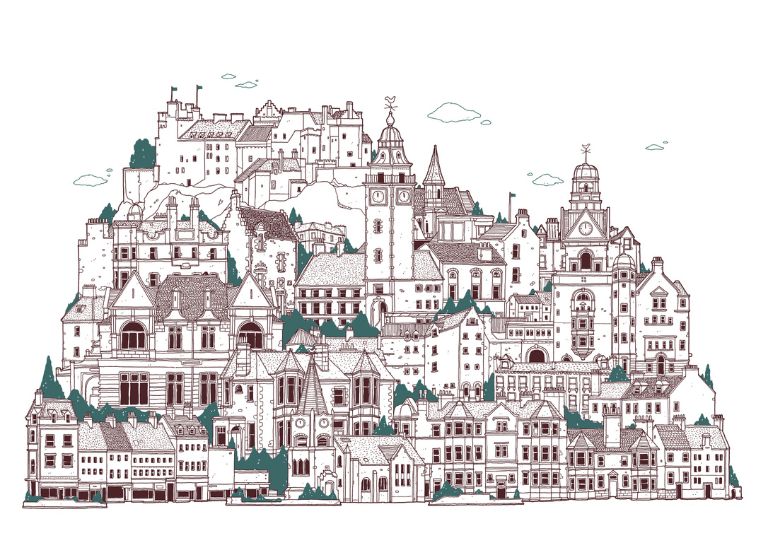
- Springtime in Stirling
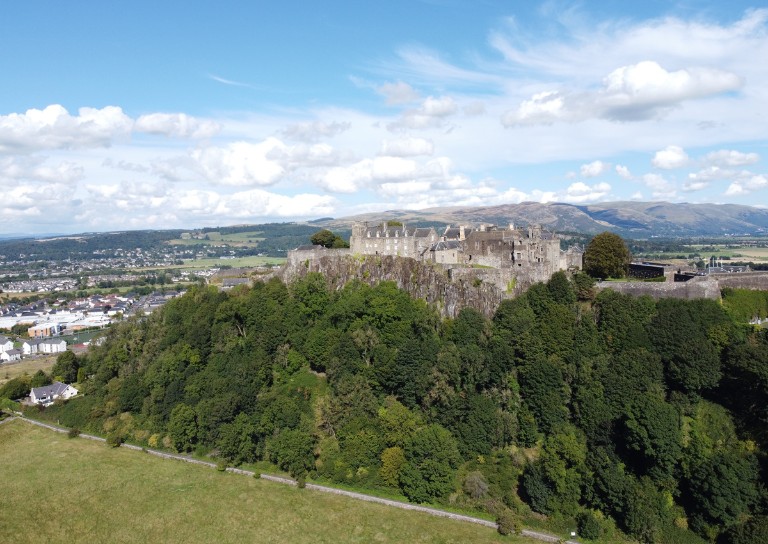
- The Kings Knot – a history
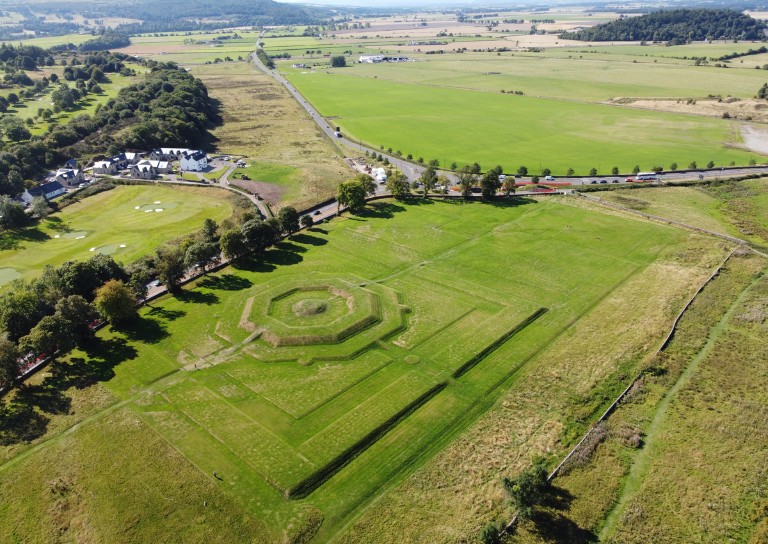
- A Future in Traditional Skills

- Robert Burns’ First Trip to Stirling

- Stirling’s Witches
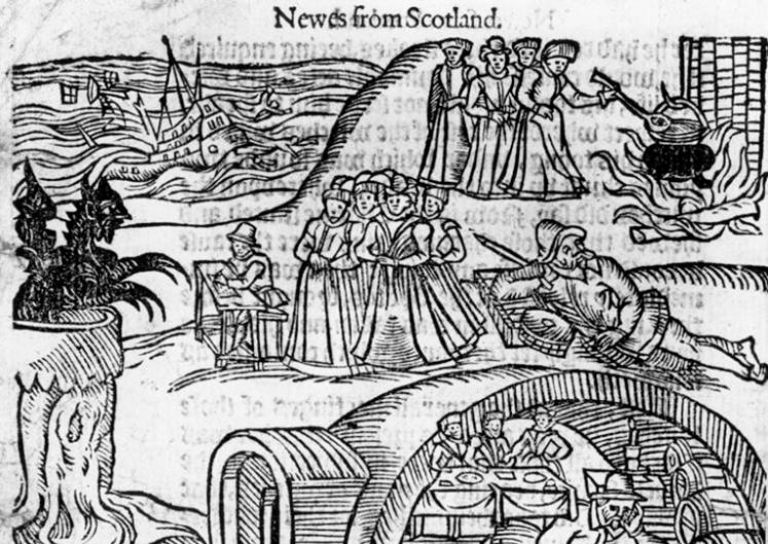
- Stirling’s Ancient Wells
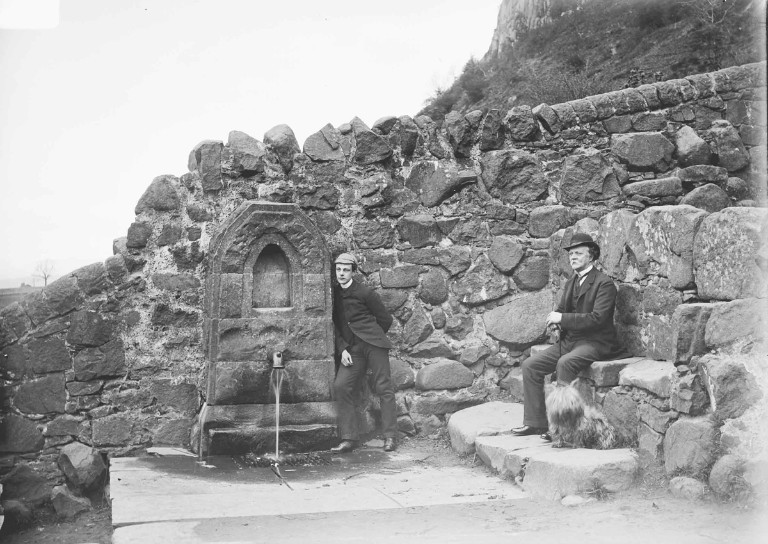
- An architecture student’s take on the City Of Stirling
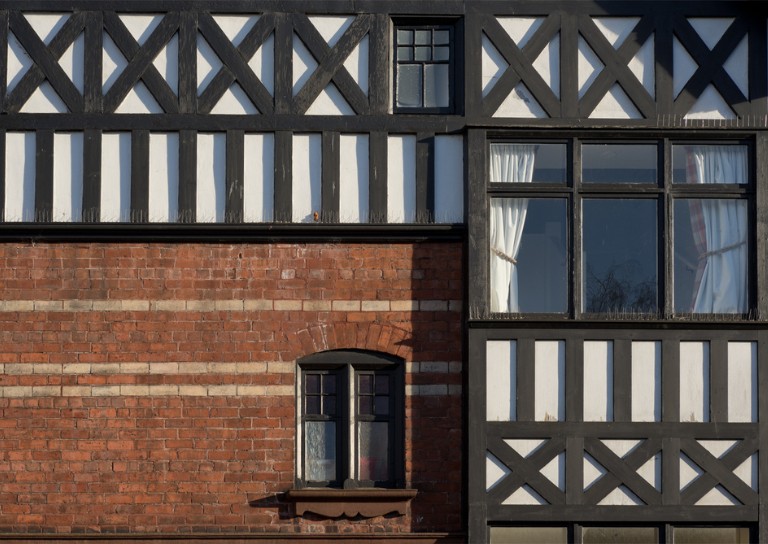
- Ronald Walker: Stirling’s Architect
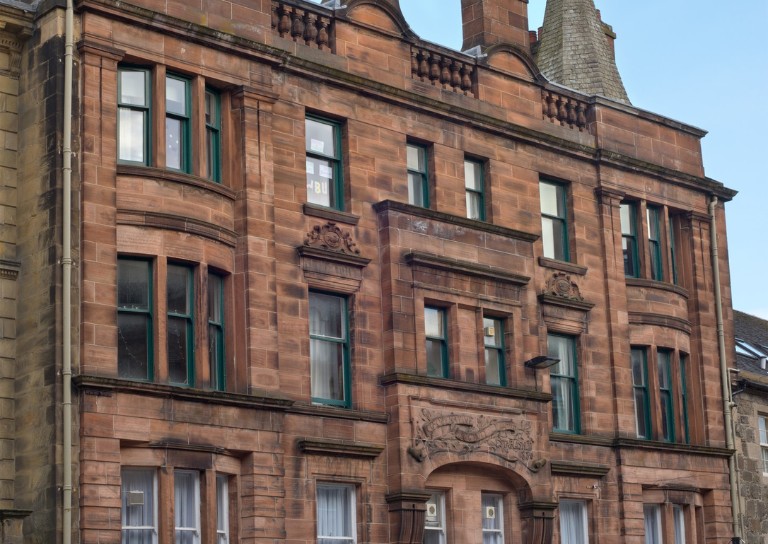
- Stirling’s Statues
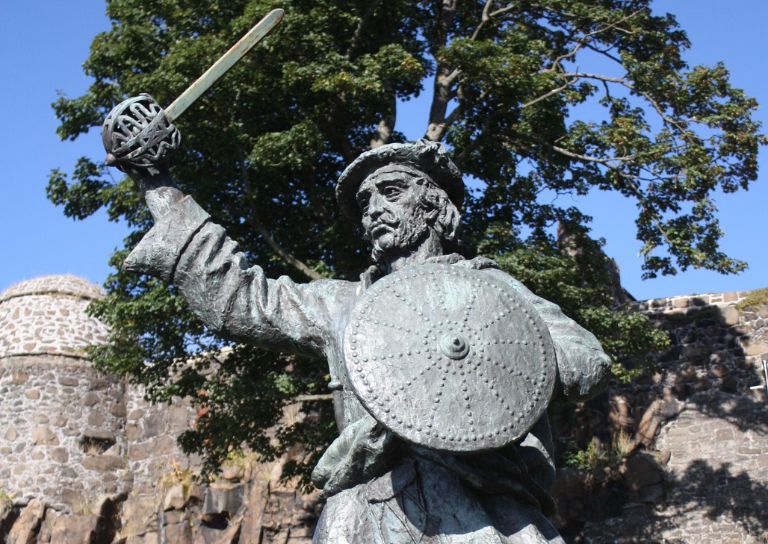
- Stirling’s Wee Bungalow Shops
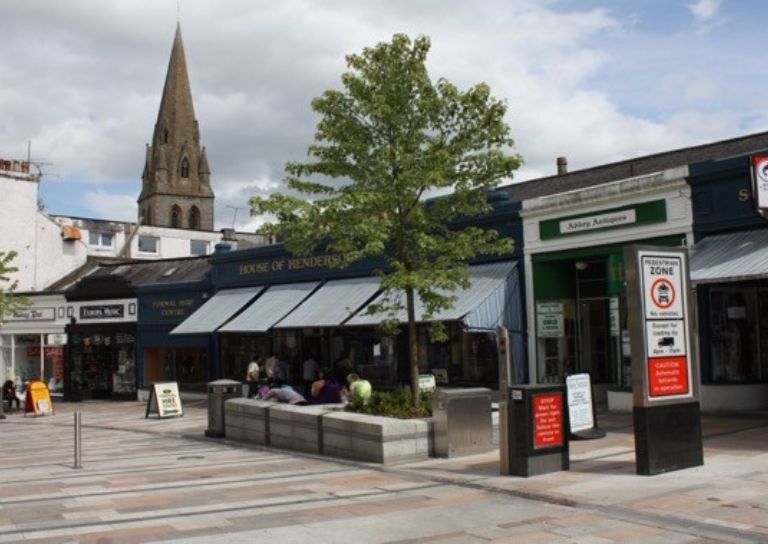
- Stirling’s Historic Hospitals
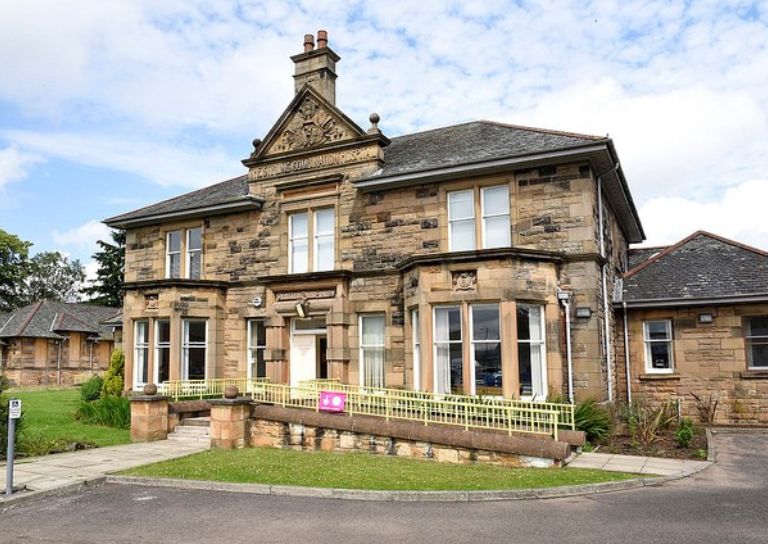
- Women in Digital Innovation and Construction
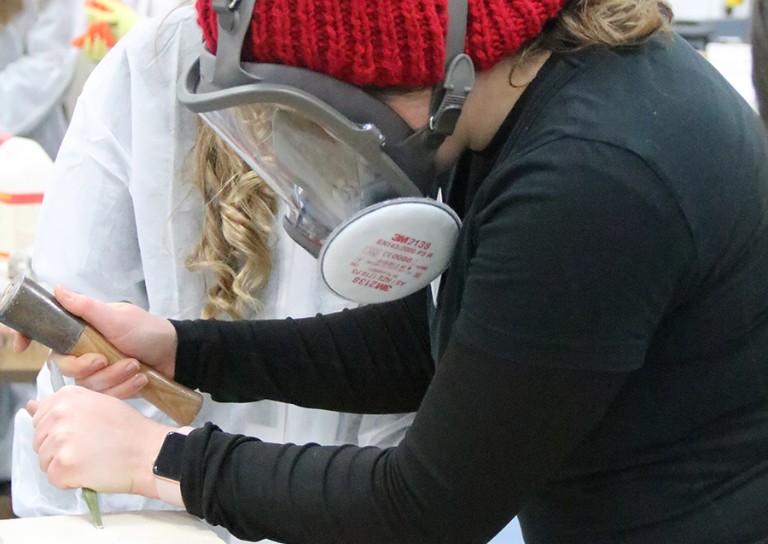
- Heritage at home: 8 of the best online heritage resources
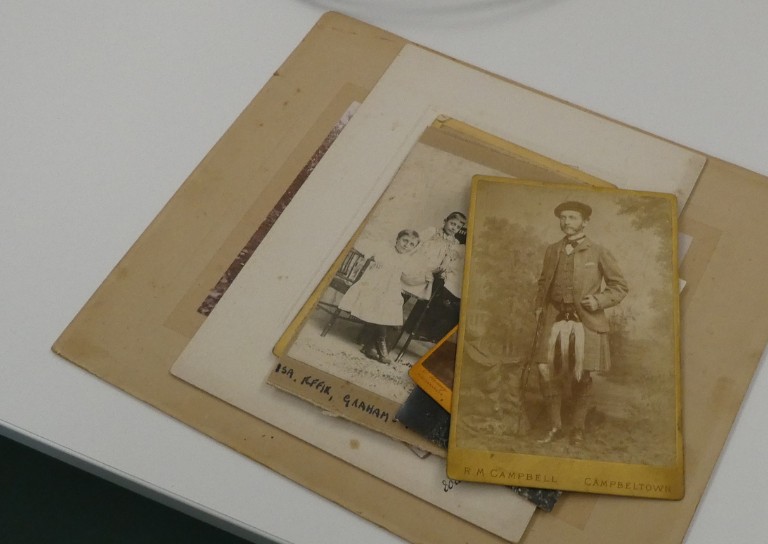
- Stirling featured at virtual heritage conference

- Five of Stirling’s greatest John Allan buildings
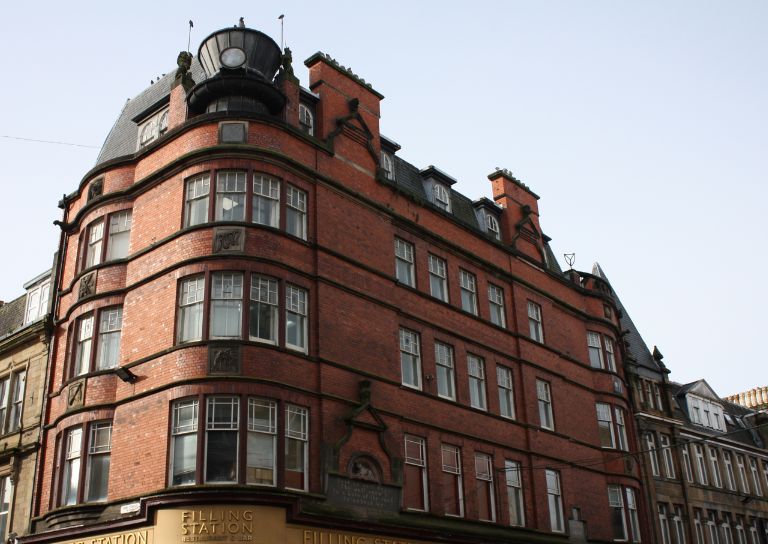
- Women in Construction – Stirling event report

- Scotland’s trailblazing women architects
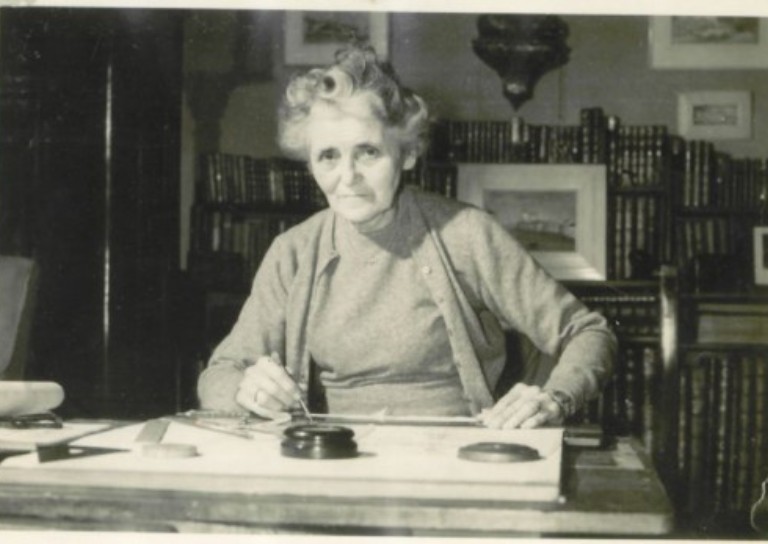
- Stirling’s Heritage: Spotlight on The Granary
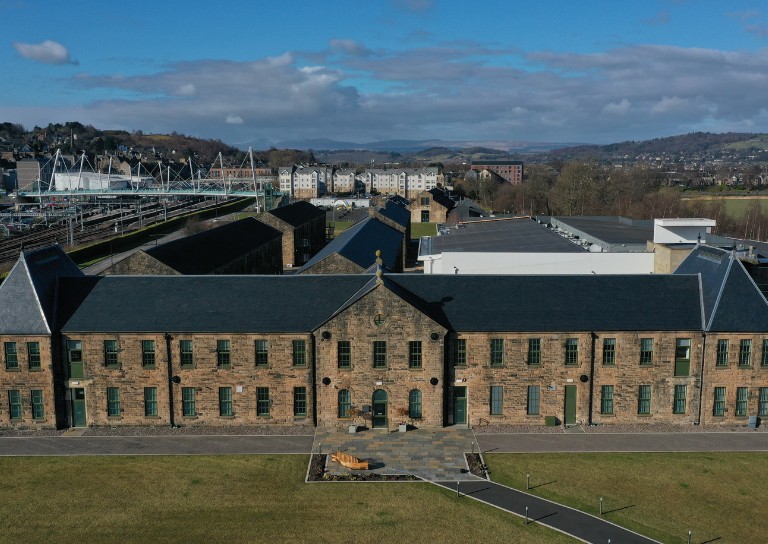
- TBHC Scheme now open to properties in Dunblane and Blairlogie
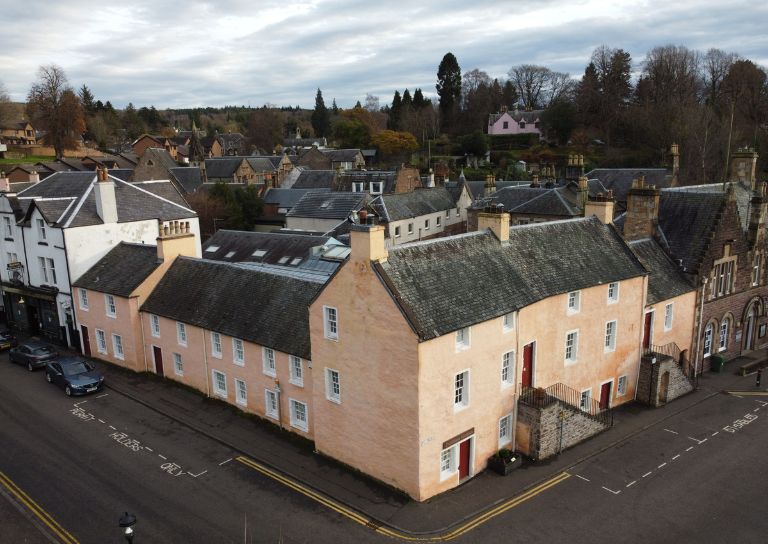
- How drones help us inspect traditional buildings

- Hazardous Masonry & Masonry Falls
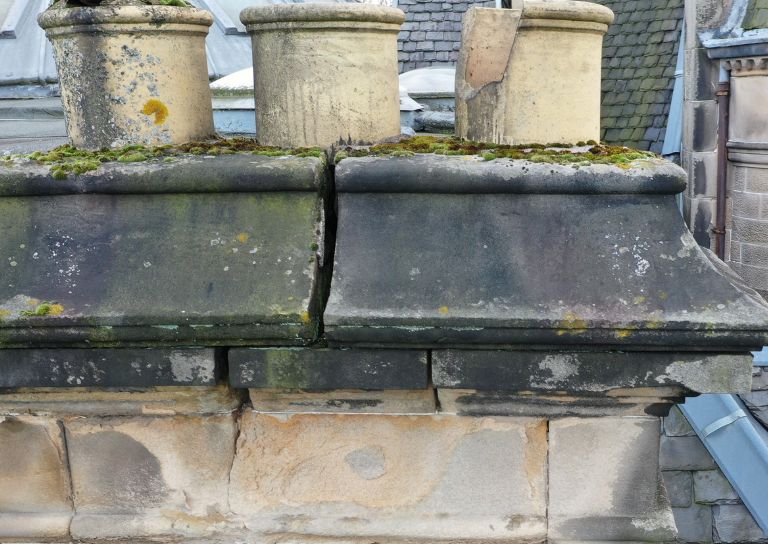
- Mason Bees: What’s the Buzz?
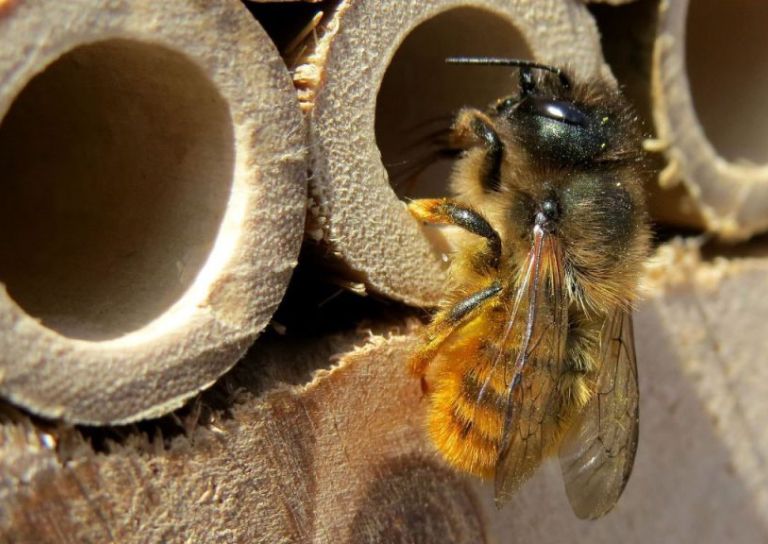
- Stirling Traditional Skills Demonstration Day Success!
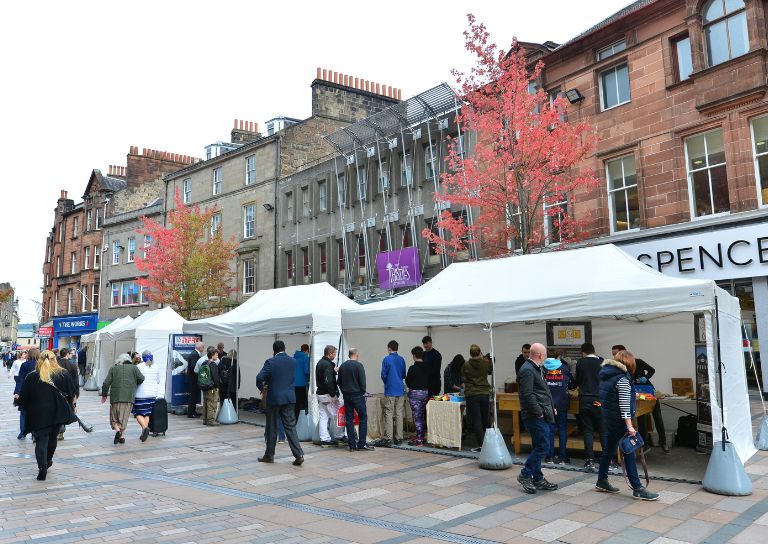
- Floating Head Sculpture at Garden Glasgow Festival 1988
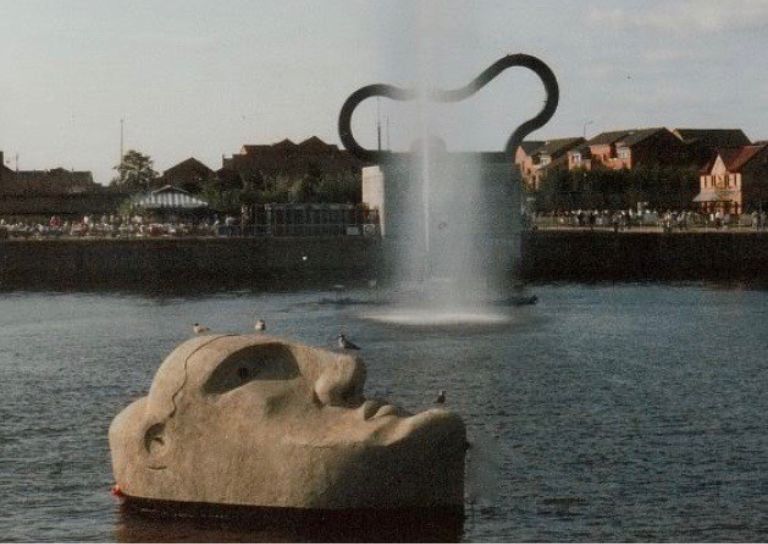
- The story behind Paisley Abbey’s Alien gargoyle
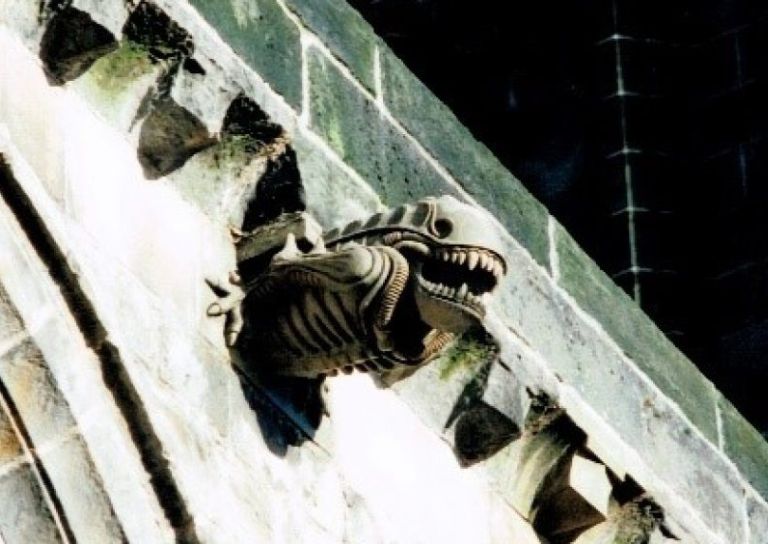
- Cambuskenneth Abbey

- Stirling City Heritage Trust Publications

- Sharing Memories: Taking '20 Great Buildings of Stirling' into the community
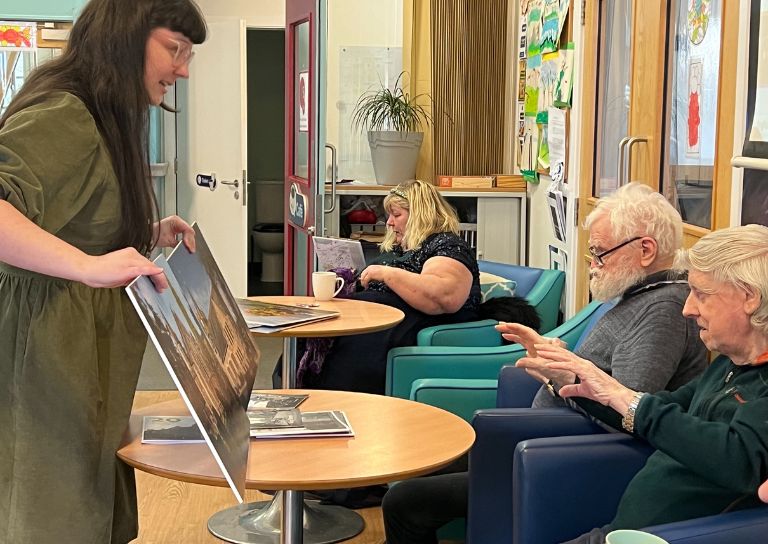
- William Wallace Statues In Stirling
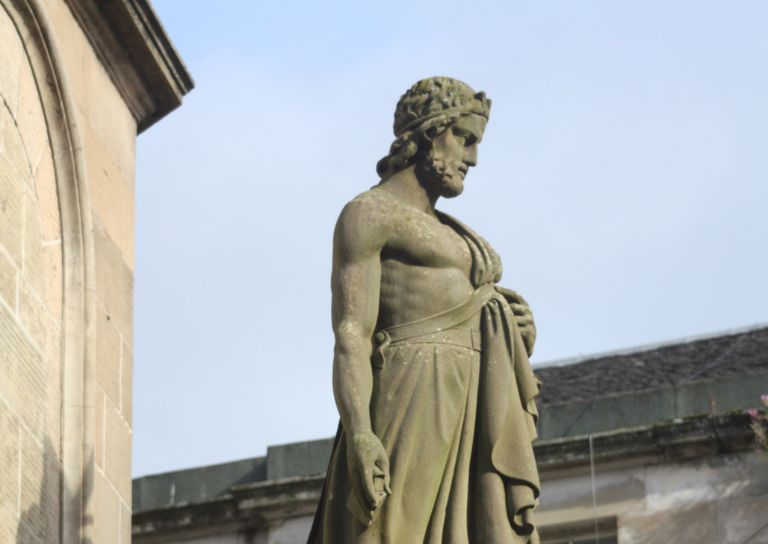
- Coronations and Royal Christenings in Stirling
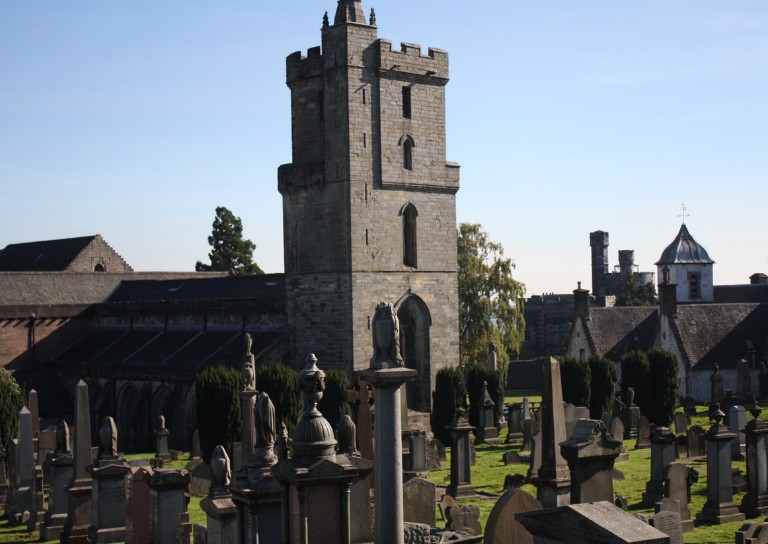
- The development of King's Park

- Energy efficiency project awarded grant from Shared Prosperity Fund

- Inspiring the Future: Stirling City Heritage Trust's Women in Construction Event at Wallace High
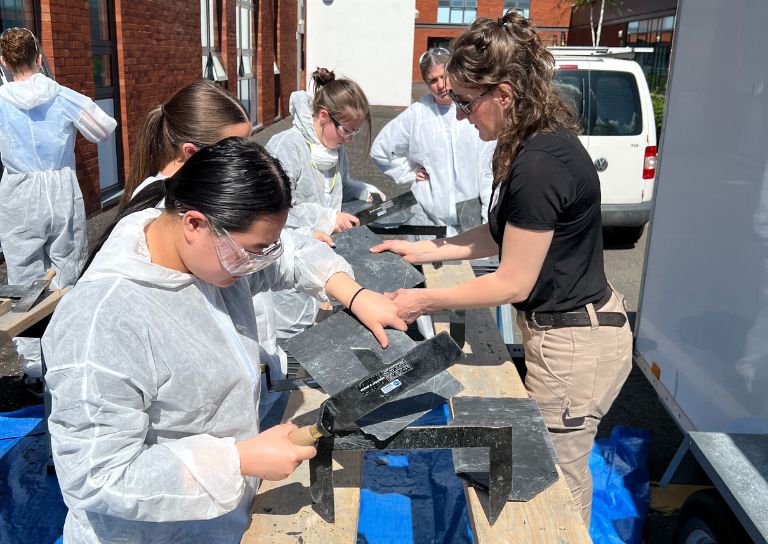
- Doors Open Days Talk: Who Built Stirling?
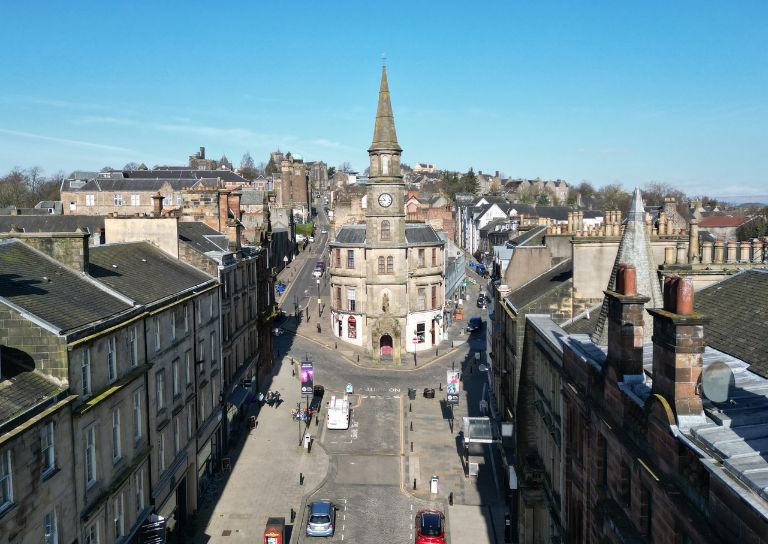
- 10 Years of the Traditional Buildings Health Check

- Growing up in Stirling: A Night of Reminiscence at The Smith
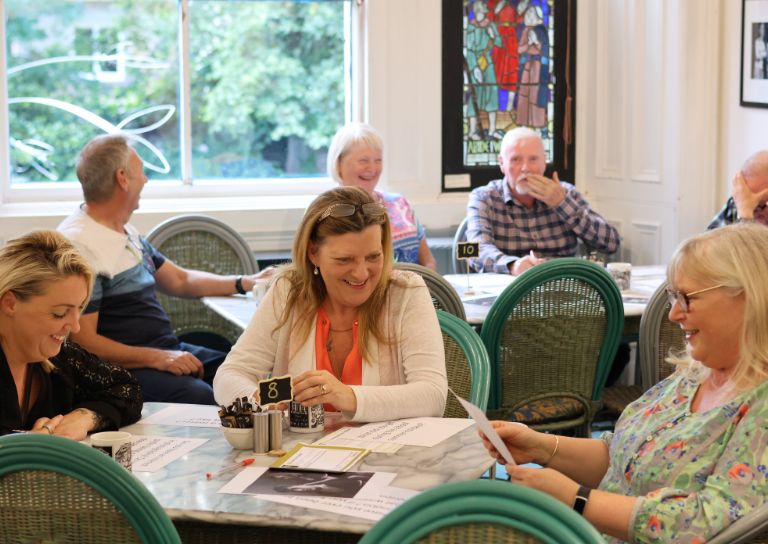
- SCHT visit to Brucefield Estate, Forestmill, Clackmannanshire
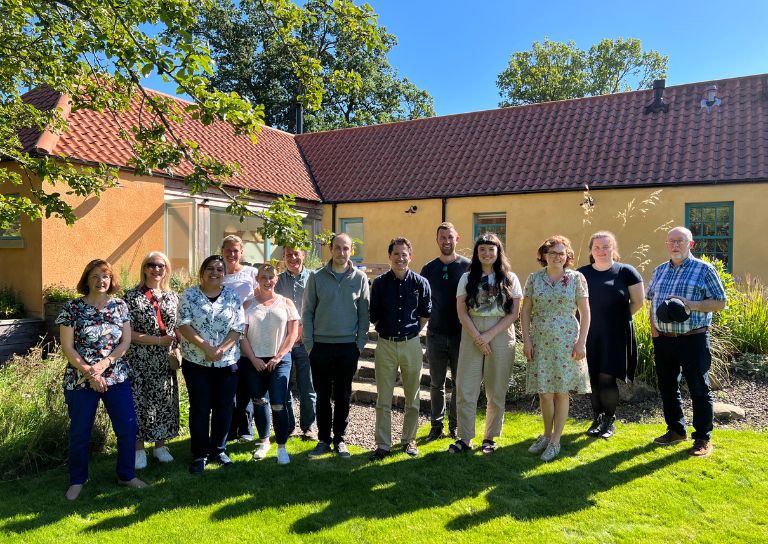
- Statement on Christie Clock
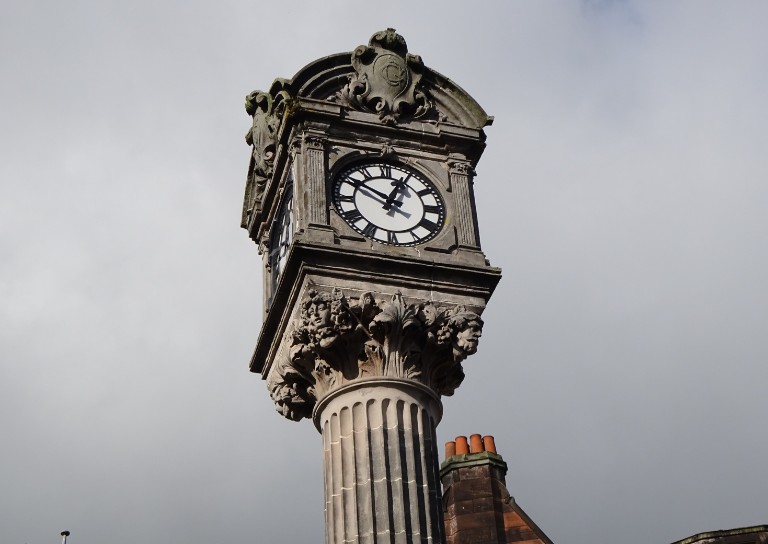
- Stirling’s Lost Skating Heritage
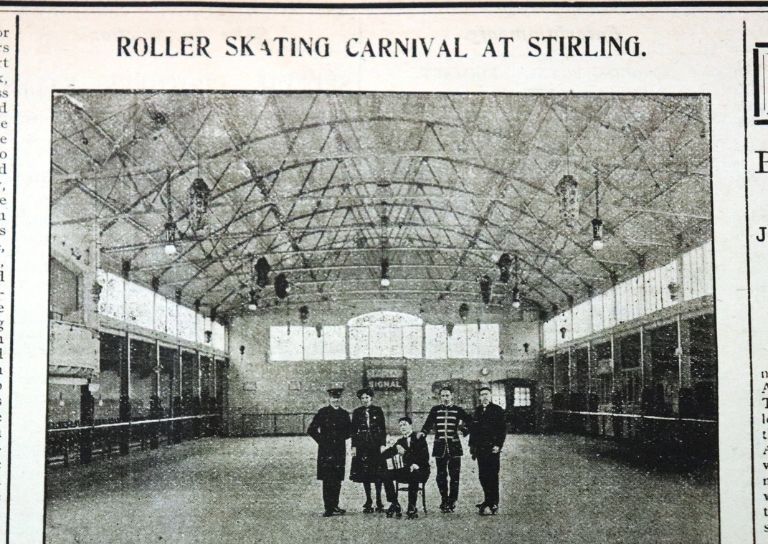
- Laurelhill House and the West Indies
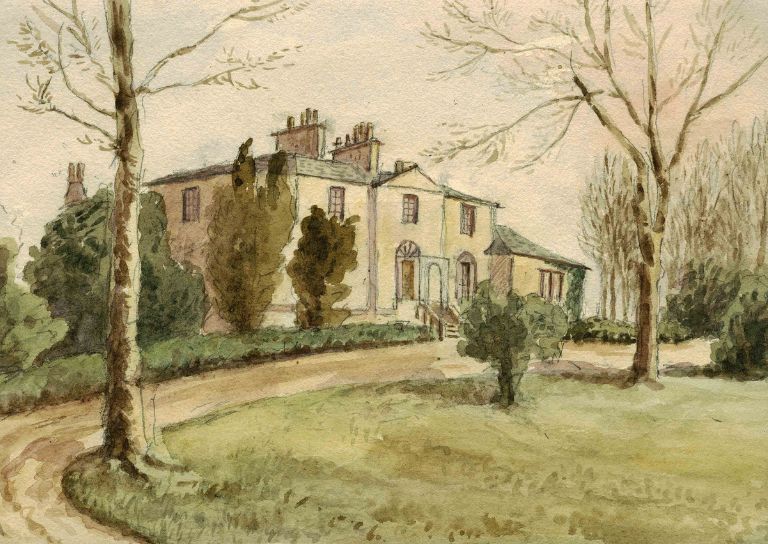
- Beechwood House and the Transatlantic Slave Trade
- About Us
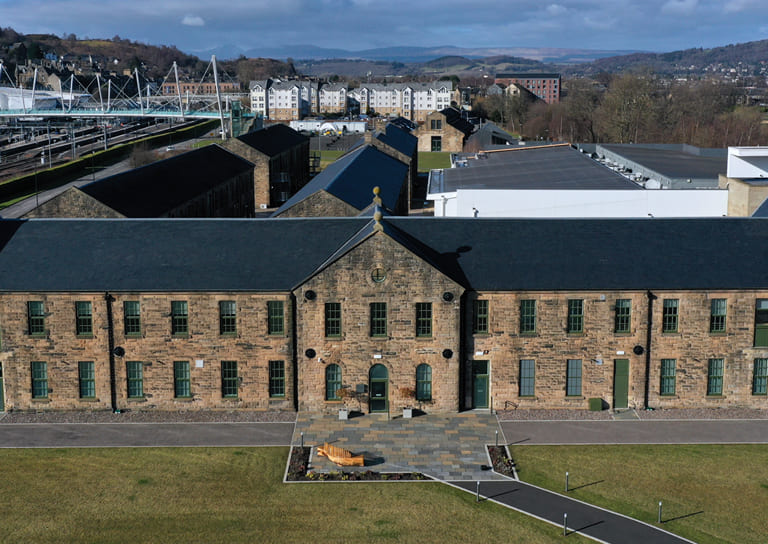
- Support Us
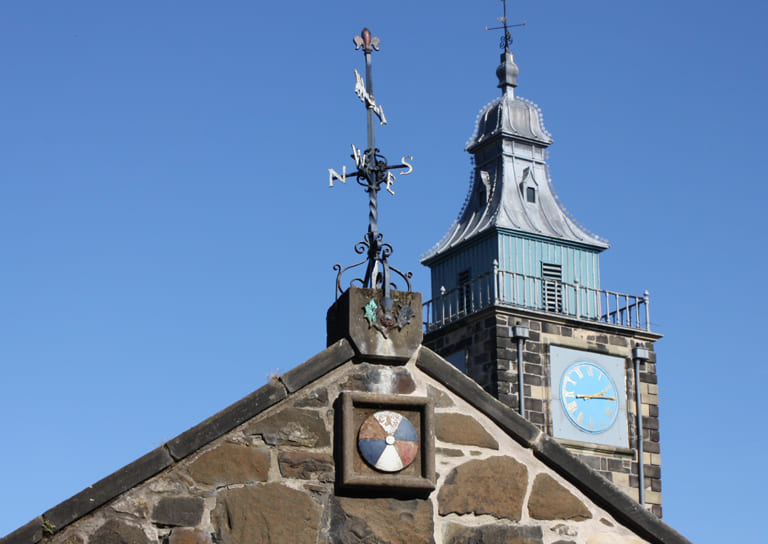
- Contact
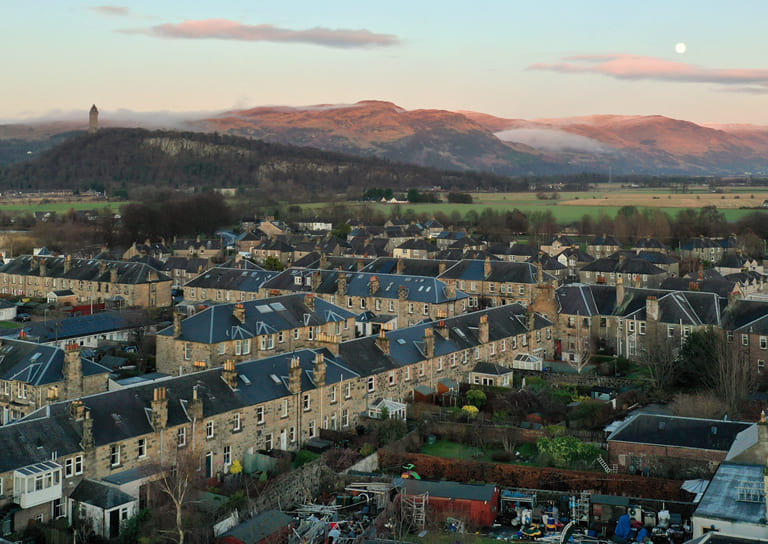
An architecture student’s take on the City Of Stirling

At the Trust, we are keen to offer opportunities to young people working in the built environment and were delighted to be able to offer Ross Caddens a placement. He recently completed his 3rd year in Architecture Studies at Strathclyde University. Of course, this year has not been a normal one by any means, so Ross completed his internship remotely, working from home like the rest of the SCHT team. Ross primarily worked with our Grants & Outreach Officer Rachael on research for our forthcoming McLuckie & Walker exhibition. However, he did manage to squeeze in a visit Stirling to have a look at the buildings and SCHT projects. Below are some of his observations from his trip to our city with Trust Manger Lindsay Lennie.
An Architecture Student’s Take on The City Of Stirling
During August 2020 I have been an intern at Stirling City Heritage Trust, and as I had never visited Stirling, this internship gave me the opportunity to find out more about the architecture of the city, as well as to develop my professional skillset.
Underappreciated and unknown – McLuckie & Walker
Charles Rennie Mackintosh and Alexander ‘Greek’ Thomson, two names I’ve grown up hearing both before and after having an interest in architecture, well-known throughout Glasgow and without a doubt – known across the nation. For my internship, I’ve been researching two architects who aren’t as well known, despite being responsible for building much of a city. Andrew McLuckie and Ronald Walker, the duo known as ‘McLuckie & Walker’, are responsible for designing over 200 buildings in Stirling between 1886 and 1911; almost half of which still stand today.
It is amazing that two people can contribute so much to one place, whilst simultaneously going unnoticed and largely unheard of. After visiting Stirling and compiling a gazetteer of their buildings for SCHT, I can confirm I am a fan of their work. As a result of my internship, I have learned more about architecture in Stirling and I believe it’s a city that has a great deal to offer.
The Hills
Stirling is hilly! The three hours I spent there walking around felt like a full-body workout. The twisty pavements lead you uphill, and I was intrigued to find out what awaited me around every corner, before I knew it I was high above where I started.
There are layers to the cityscape, and I noticed several spires throughout Stirling. The peaks of these buildings almost metaphorically dictate the direction that you are traveling, which is almost always upwards. At first, you are looking up at them as you start your journey and pass by these buildings, then shortly after you are looking down on them, and they remind you of the distance you have travelled and the architecture that you have seen along the way.
John Allan
No matter where you are in Stirling, a John Allan building will make itself known to you. Whether it be on a corner, in the middle of a block, or elsewhere, a typical building of Allan’s will stand out due to its unique style and overall contrast to its neighbouring counterparts.
I was fascinated by the Tudor style of some of his buildings, they clearly stood out, however, they didn’t appear out of place. I believe I saw three buildings by Allan on my trip, two of which had this unique, Tudor style appearance, introducing an interesting colour and texture palette to the street. The combination of numerous materials and colours is enough to grab everyone’s attention. The building on the corner of Bank Street and Baker Street takes both hills into consideration for the entrance thresholds and uses the topography to its advantage.
This grand building, 55 Baker Street, was one of the most interesting I looked at on my trip, it is certainly the most memorable one, primarily due to its contrast to the surrounding streetscape.
Closing Thoughts
One of my main takeaways is that the city of Stirling feels a lot more like a town, at the end of my trip I was able to walk along the bridge back to the train station and reflect upon the day. A lot had been explored in a short period of time and I was able to see how much ground I had covered, remembering the variety of places that I was lucky enough to experience throughout the day.
Seeing the aspects of Stirling that I had researched at my desk in person was quite cool, and I was now able to recognise street names and certain buildings – it was a satisfying feeling and memorable experience.
A city that can complement its past, as well as prepare for its future, is a successful city in my opinion. Stirling is a great city with great architecture, one I look forward to visiting and experiencing again; from the McLuckie & Walker buildings to the new builds created for Stirling’s future – like McLuckie & Walker, Stirling is not to be underestimated.

